Cadillac’s Celestiq is poised to recapture the standard of the world
Like countless other companies, automotive and not, Cadillac wants an electric vehicle to make its greatness known. Fresh from a visit to GM’s Design Dome in Warren, Michigan, we can vouch for one thing: This EV ain’t like the others.
For starters, it’s $300,000. At minimum. If you’re upset by that figure, you aren’t the target audience. The Celestiq is a made-in-Detroit statement of ten-figure money. Regular folks can’t even visualize their dreams on an online configurator, in part because there is no set list of paints, leathers, fabrics, or finishes: Each car will be bespoke, the result of one-on-one interaction between the automaker and the customer. Plenty of manufacturers above Cadillac’s price point offer online visualizers—see Pagani—and also accommodate the most particular of client wishes, so take Caddy’s statement of exclusivity at face value. Not for you.
Boy, will you want one.
The car is imposing, a low-slung four-door whose graceful, lift-back proportions belie its massive size. Take a gander at the wheel diameter: 23 inches, one inch larger than those on the Escalade SUV. Yet the Celestiq sits comfortably on the giant rims, which are shod in custom, Cadillac-commissioned Michelins, their sidewalls embossed with a Celestiq-specific design.
The fluid surfacing and the precise creases in the car’s body subtlety signal the great expense of its construction. From the beltline down, front to rear, the car’s structure is comprised of eight pieces of sand-cast aluminum, whose rigidity mimics that of die-cast metal. The hood is a single sheet of delicately creased carbon fiber draped over the fenders to the headlights. The doors hide a short-range radar system that allowed designers to dismiss handles entirely: Walk up to the vehicle with the key in your pocket, and the door will either swing fully open or “present” an edge to you, depending on the proximity of pillars, walls, and other cars.
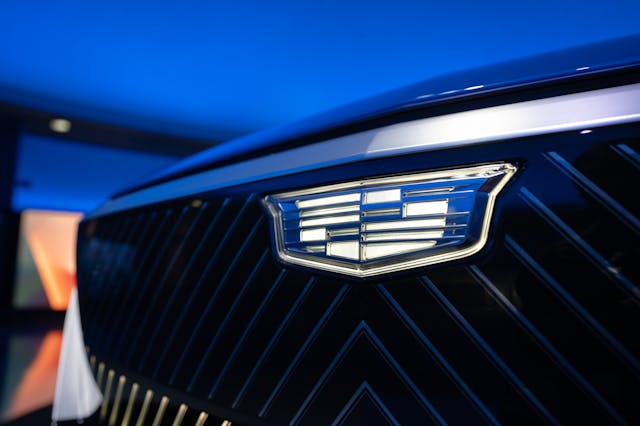
Even the brightwork bits are wildly impractical statements of excess. The metal “eyebrow” spanning the front of the car starts as a sheet of billet aluminum as wide as the car itself and almost a foot deep: The whole piece is brushed to a satin finish, then the front edge polished to a contrasting, higher sheen. The brushed metal that forms the rocker panel trim is an exposed piece of warm-formed aluminum that belongs to the car’s inner assembly. Traditionally, this would have been stamped, requiring it to be broken into four individual sections. Cadillac’s designers and engineers said no.

The roof, each quadrant individually dimmable, is a single sheet of acoustically insulated glass. For it, Cadillac visited Peru, the site of the only foundry big enough to cast it in one piece. The Celestiq’s “grille” may not need to route air to a combustion engine, but Cadillac refused to spare expense: The blades that frame the headlights are stamped from aluminum, brushed, then accented with delicate polished texturing. The silver lines in the center section expose indium, the softest non-alkali metal chosen for its transparency to radar.

Peer inside—Cadillac isn’t yet allowing anyone to sit in this, its one and only prototype—and the show continues. The cabin is dominated by the car’s nearly flat waistline, a single contour that runs across the dash, continues through the doors, and sweeps behind the two rear chairs (there is no bulkhead) to meet the bottom of the liftgate’s glass. Designers and engineers suffered endless headaches to create it: “When we redid that speaker grille at the base of the A-pillar, we literally chased it all the way to the trunk,” says Tristan Murphy, Cadillac’s lead interior designer. Curved interior contours are useful in workaday cars because they disguise imperfections of line, but in the Celestiq’s linear cabin, there is no place to hide. Says the Celestiq’s lead engineer, Tony Roma: “The door pads have adjustability up, down, in, out in a way that I would get shot if I proposed doing it anywhere else. But we’re doing it here.”
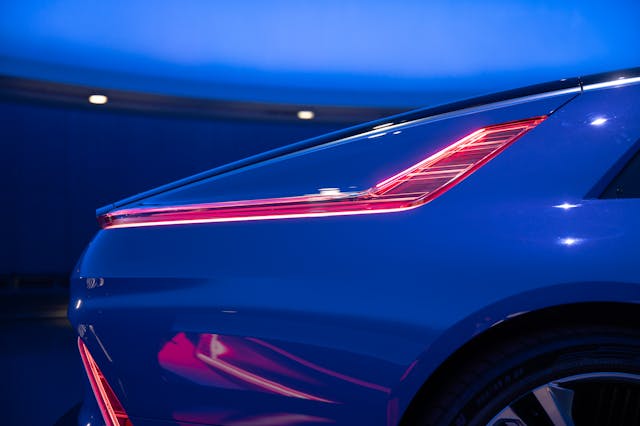
Those speaker grilles are, the team reflects, the largest Cadillac has ever made. Stamped out of aluminum, their holes are acid-etched before the whole panel is anodized, creating a dark finish that a laser precisely removes to create a 3-D effect. That curved glass panel on the dash fits two screens behind a single sheet of carefully bent glass measuring over four and a half feet, corner to diagonal corner. The floors are upholstered in leather, the cupholders in suede.
Lucid’s triple-motor, 1200-hp Sapphire boasts twice the horsepower of this dual-motor Cadillac, but if you’re comparing the two, you’re already on the wrong foot. Think of Bentley, and its “adequate” power: No one driving or being chauffeured in a Celestiq wants anyone to mistake them for a Tesla-esque blur. The Celestiq’s job isn’t to be the first high-tech EV, or even the most customizable Cadillac: It is to be Cadillac’s Veyron, a superlative, new-world interpretation of old-school prestige.
For nearly 80 years, Cadillac has again and again fallen prey to its own lofty condemnation, failing to equal or to excel. With the Celestiq, Detroit once again risks the penalty of leadership. For that alone, Cadillac deserves to live.
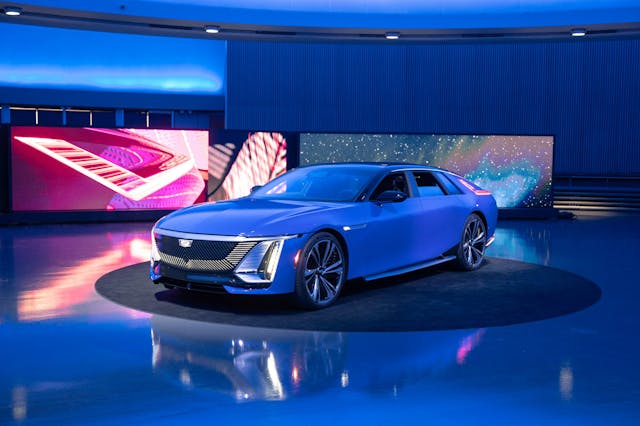



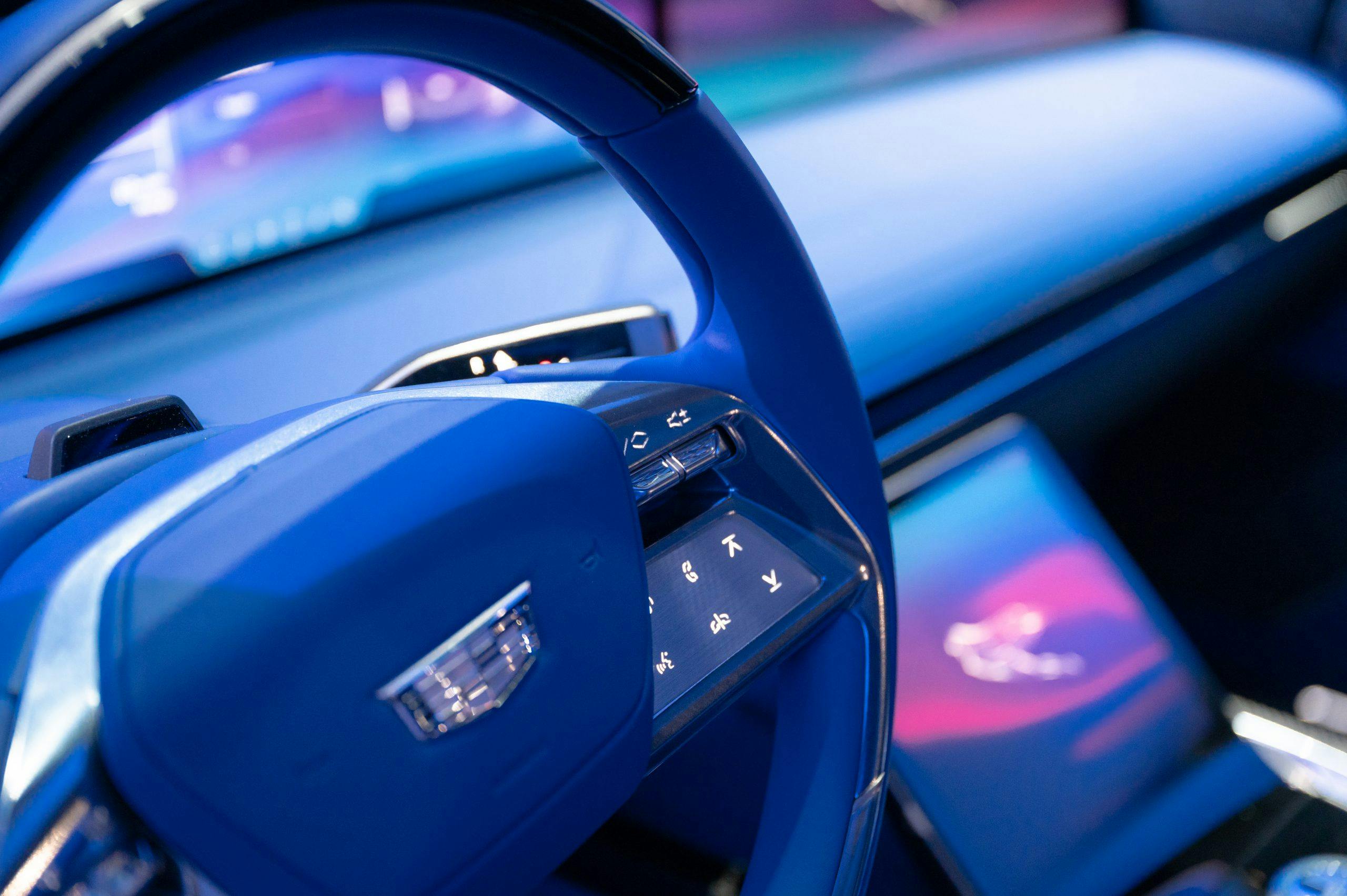
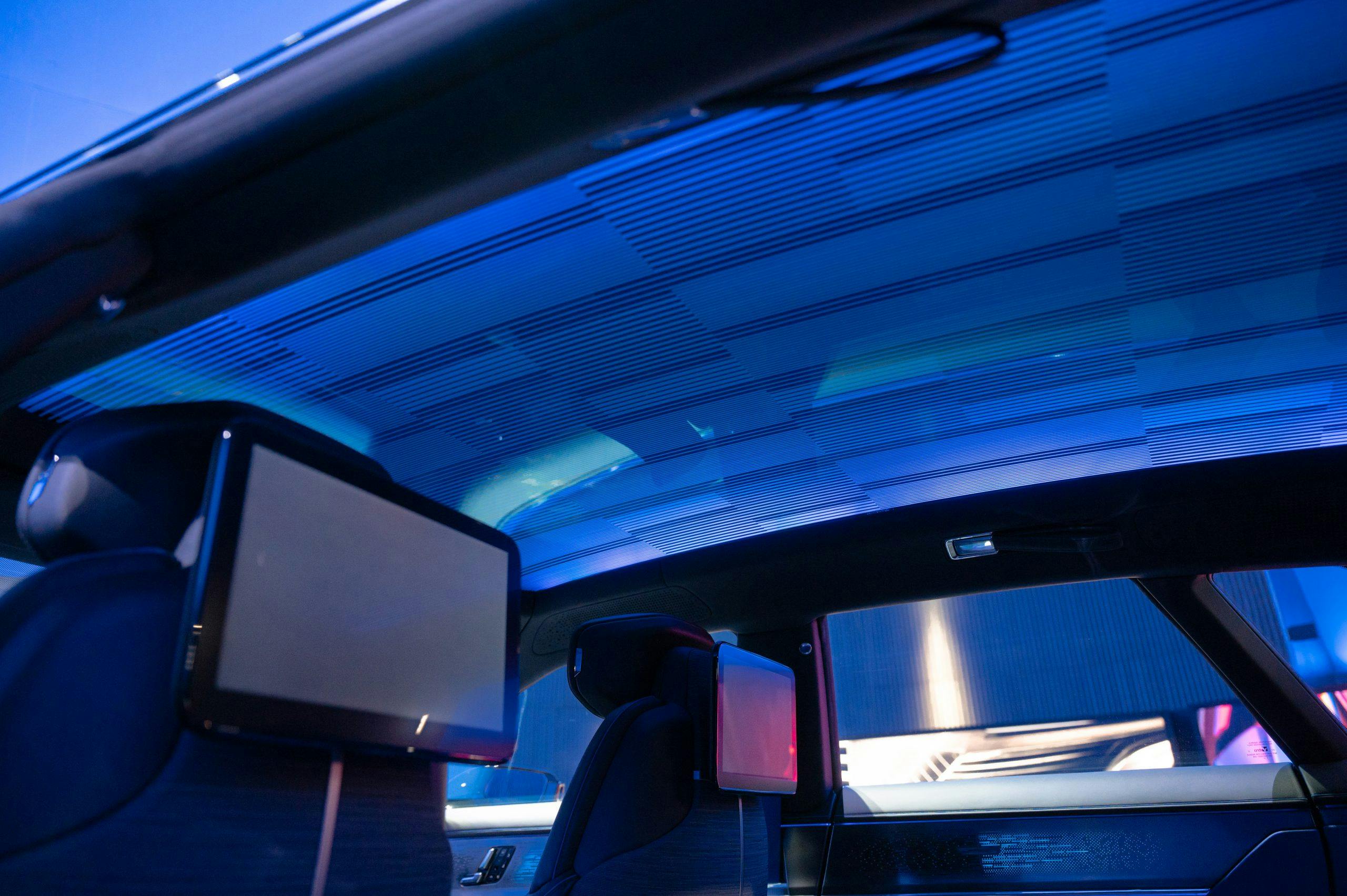
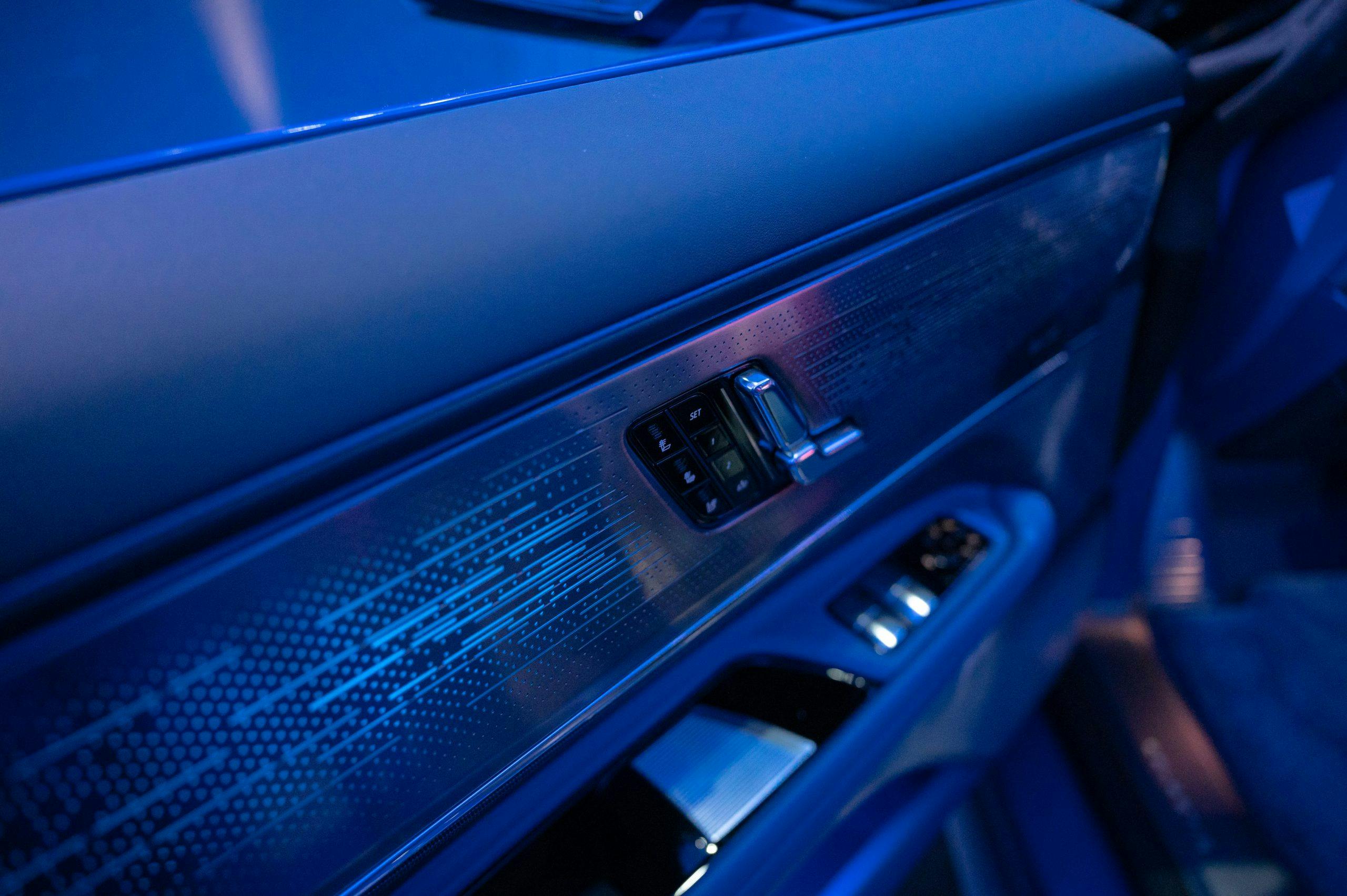

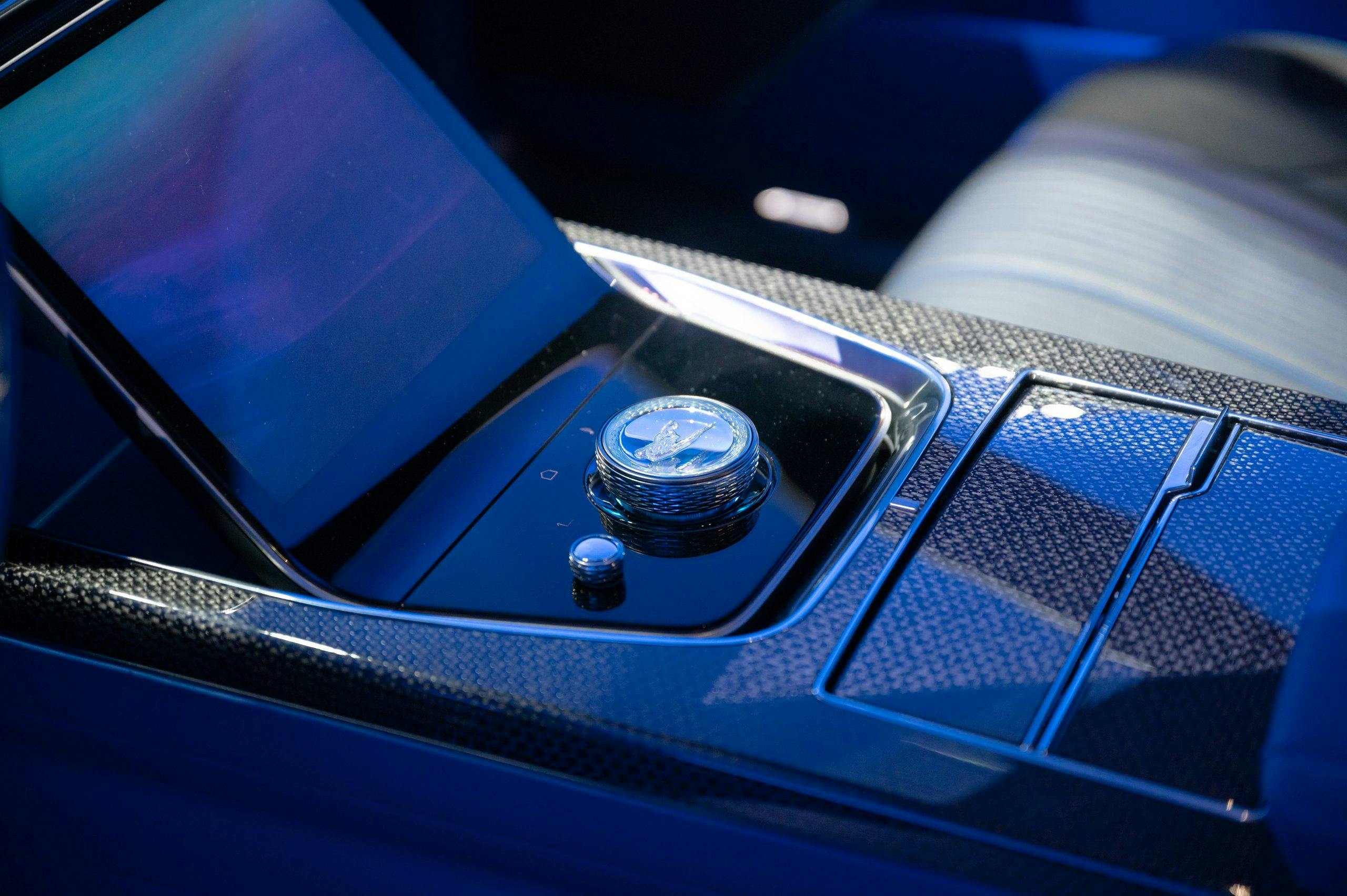
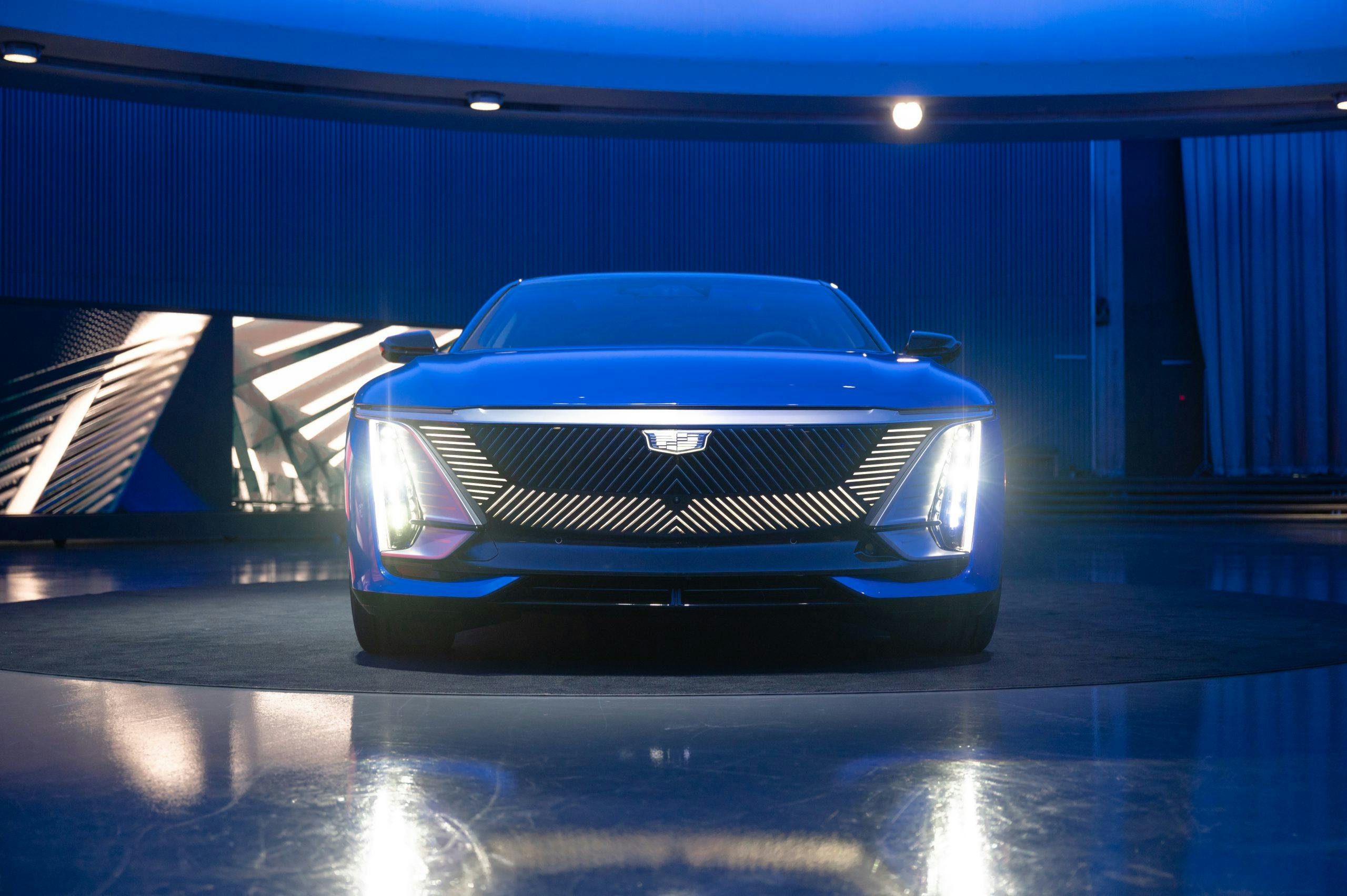
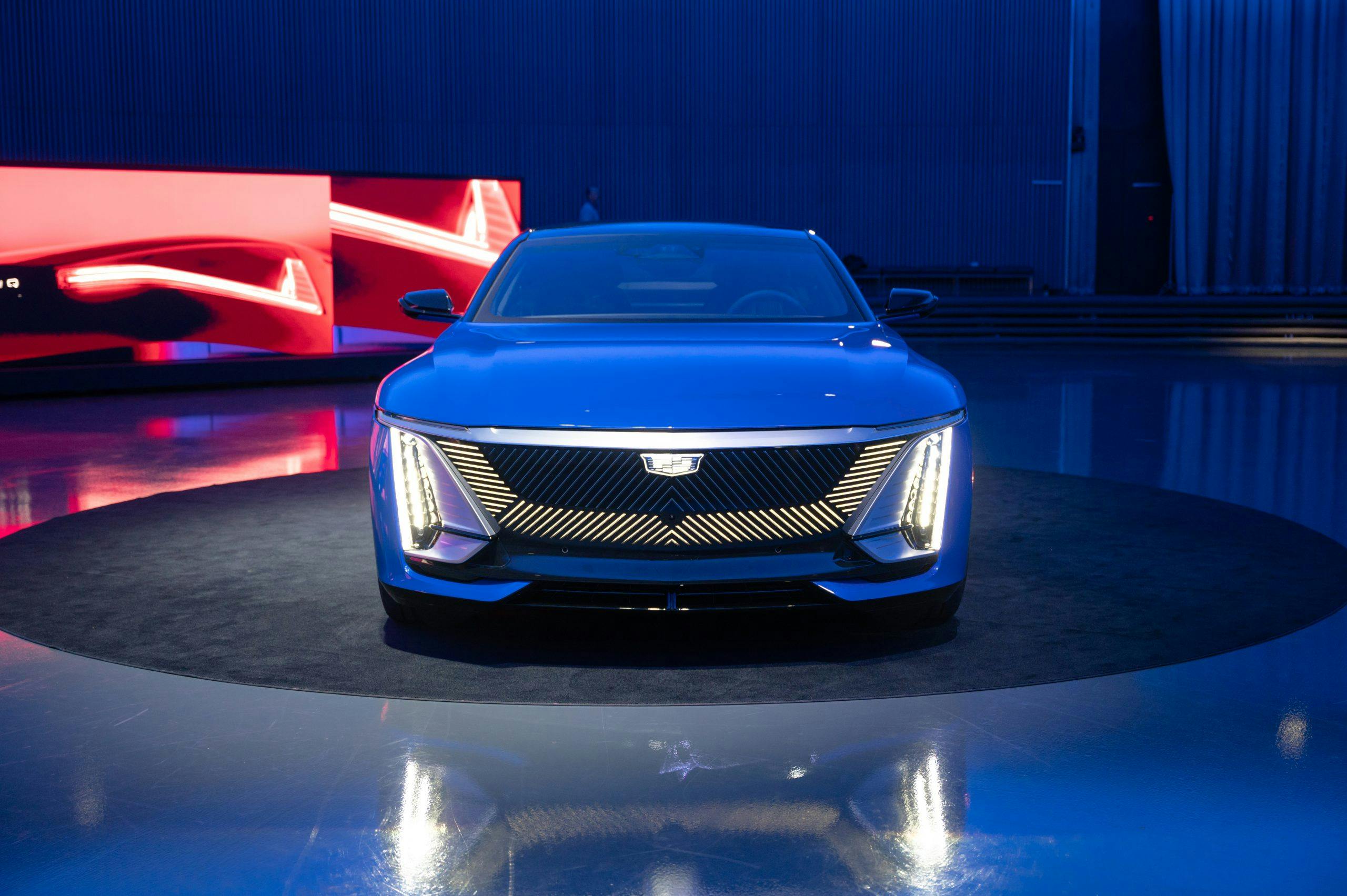
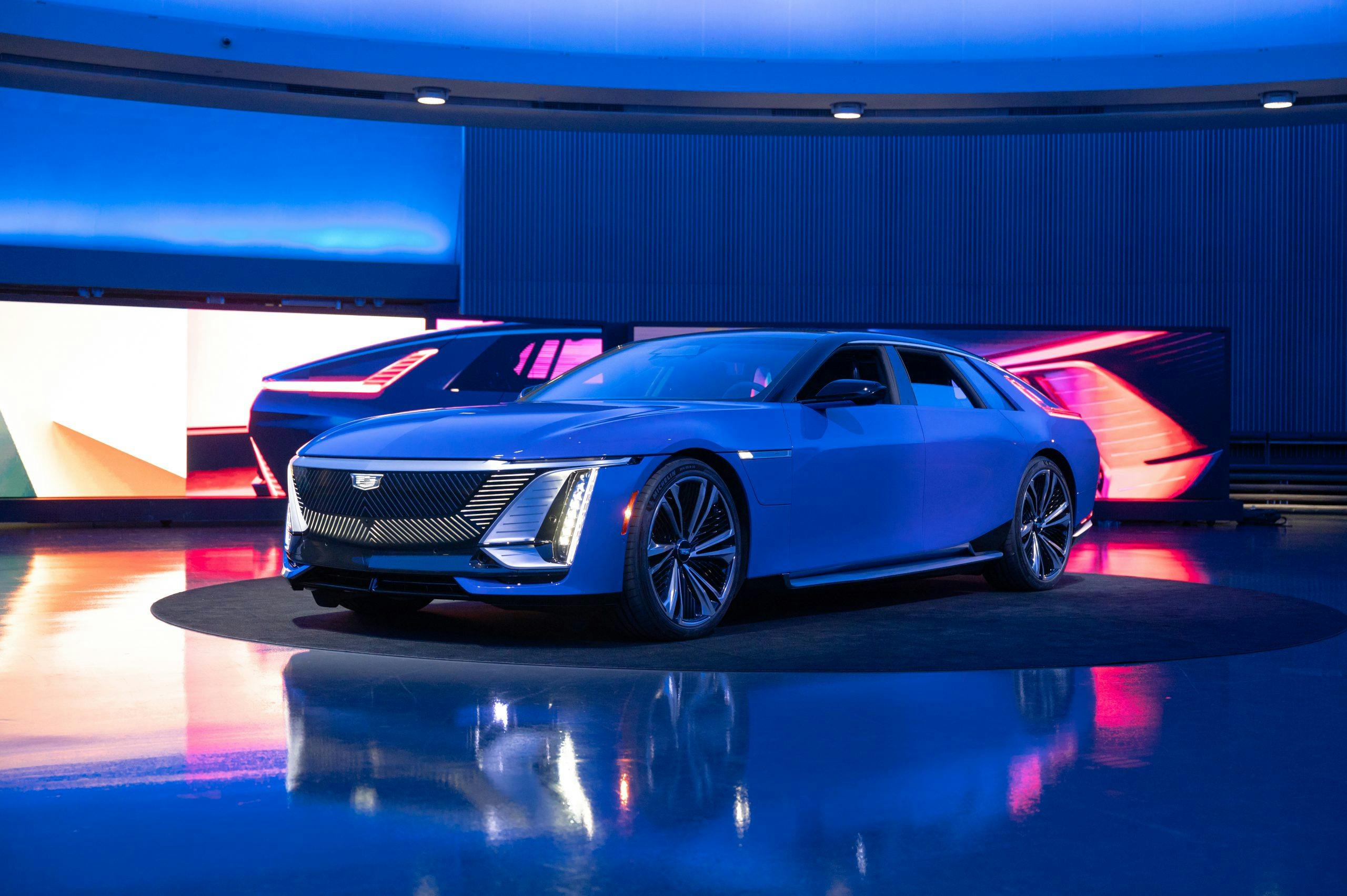
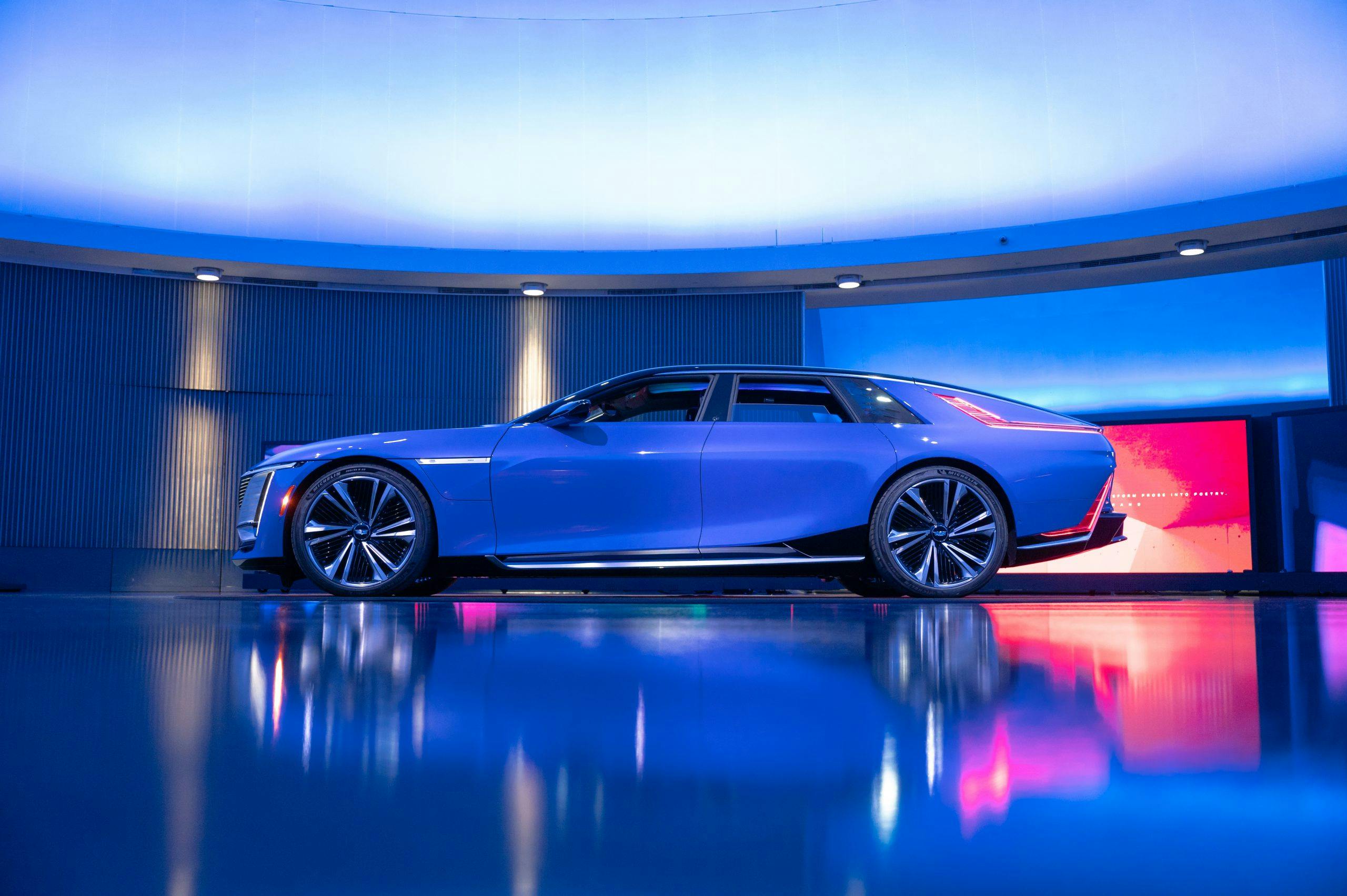
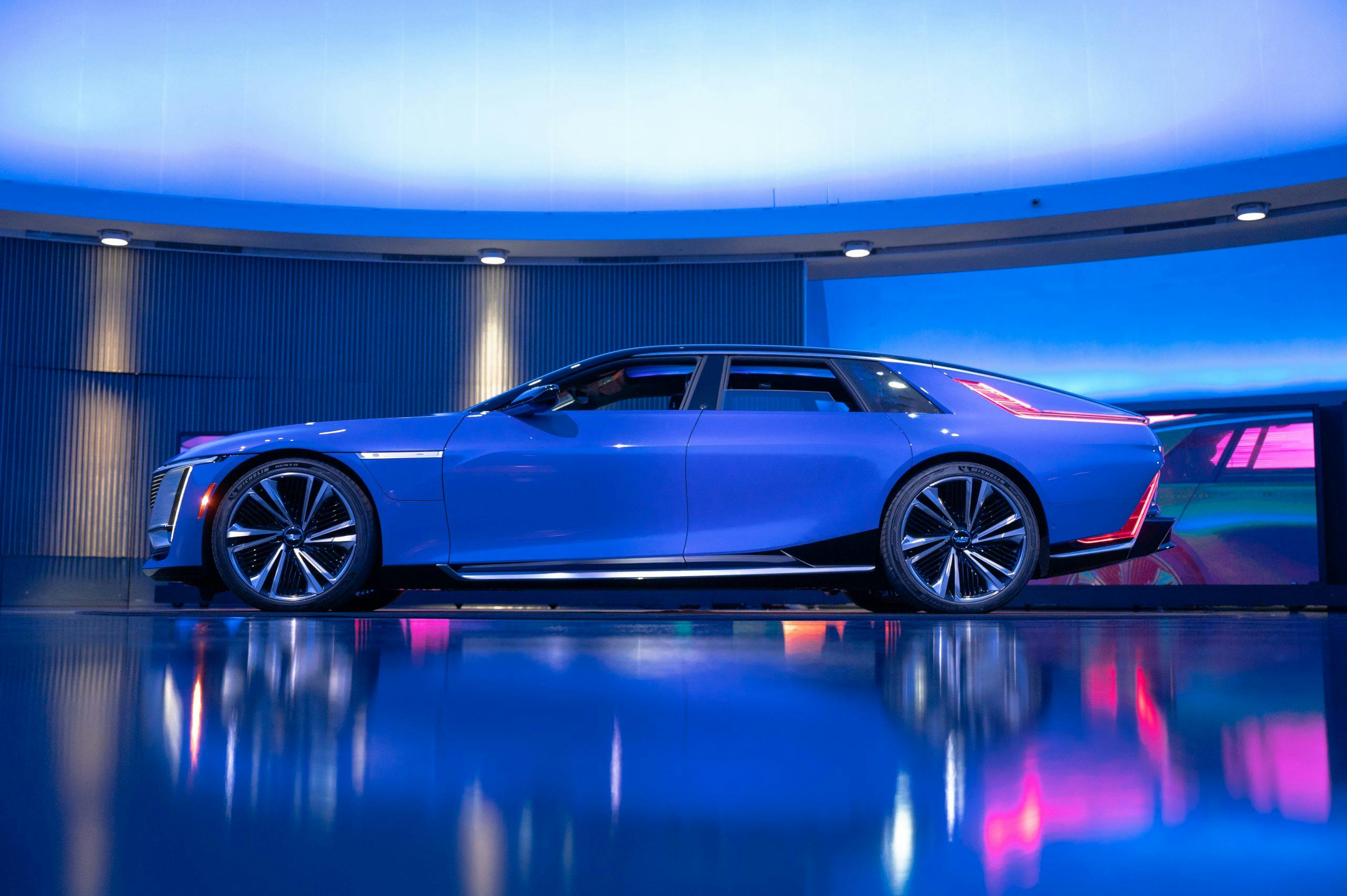
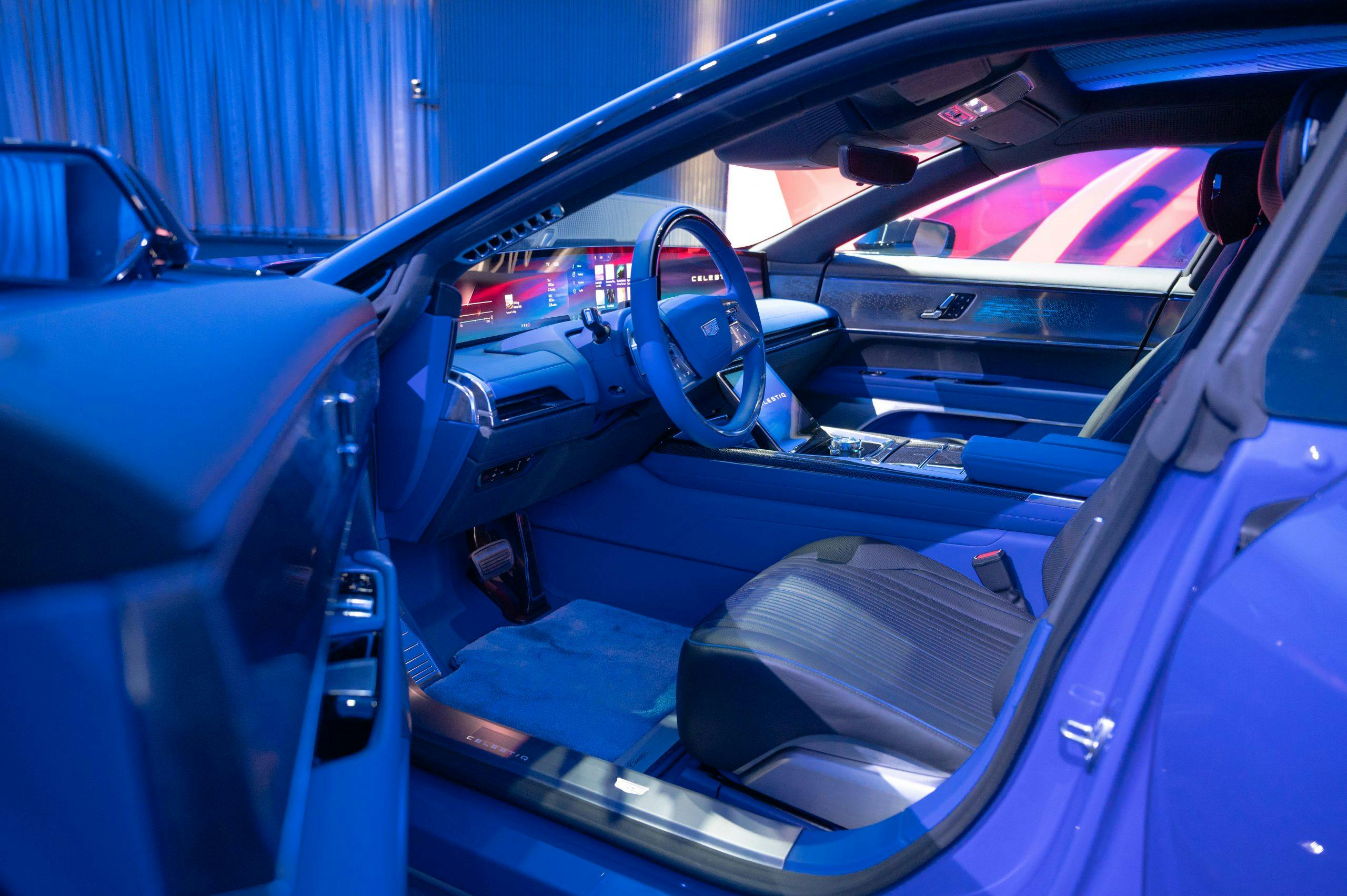
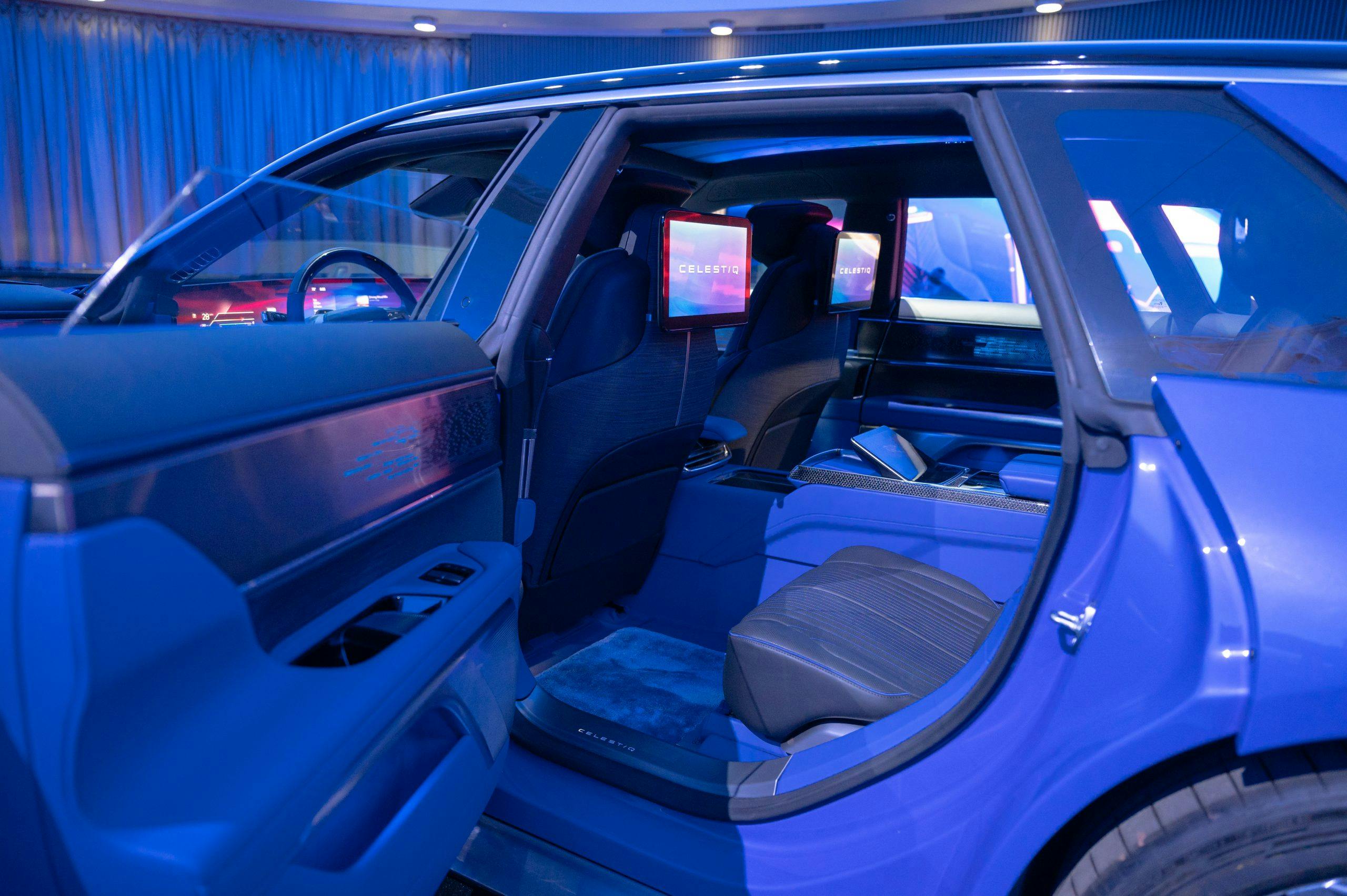
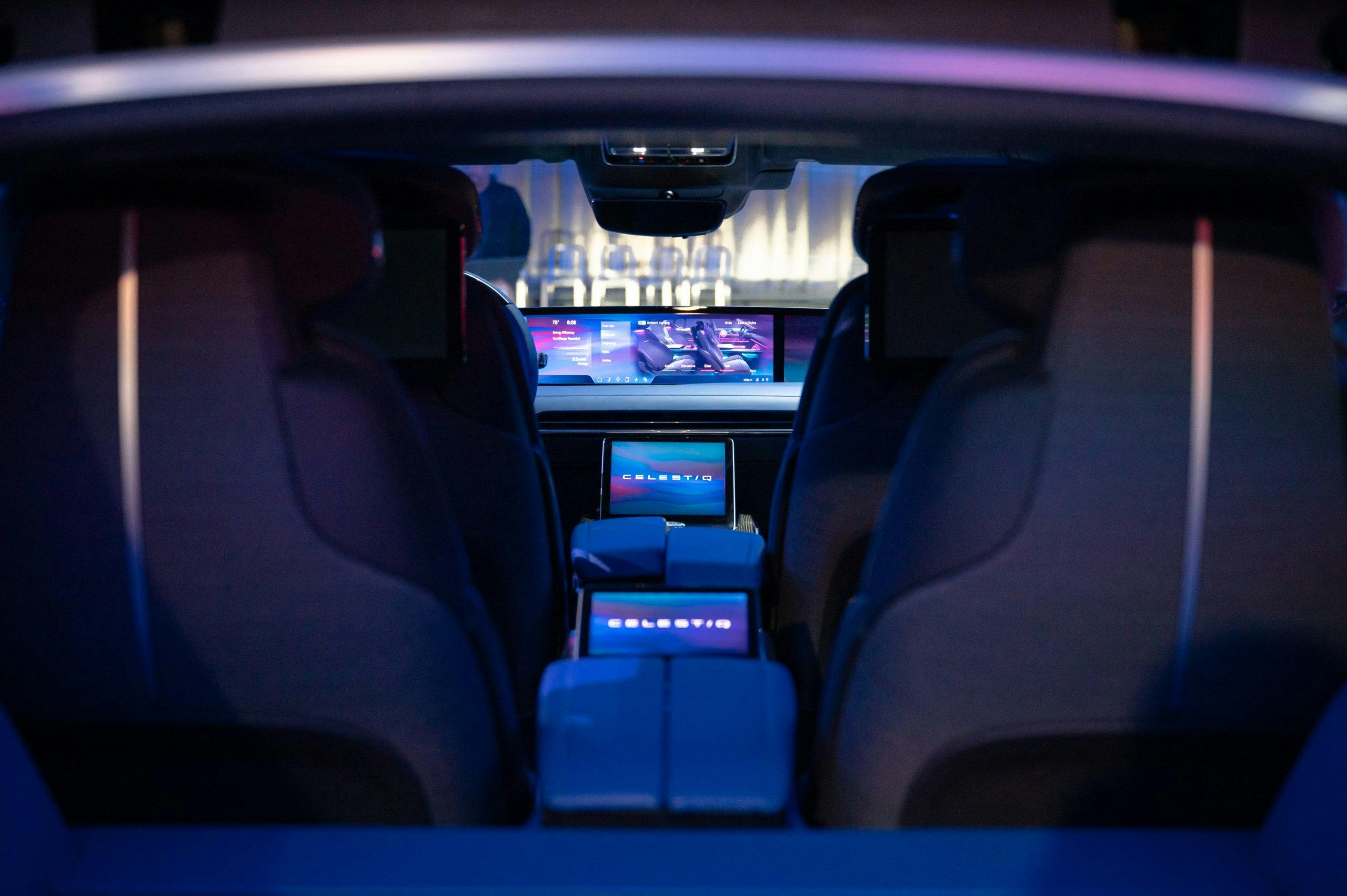
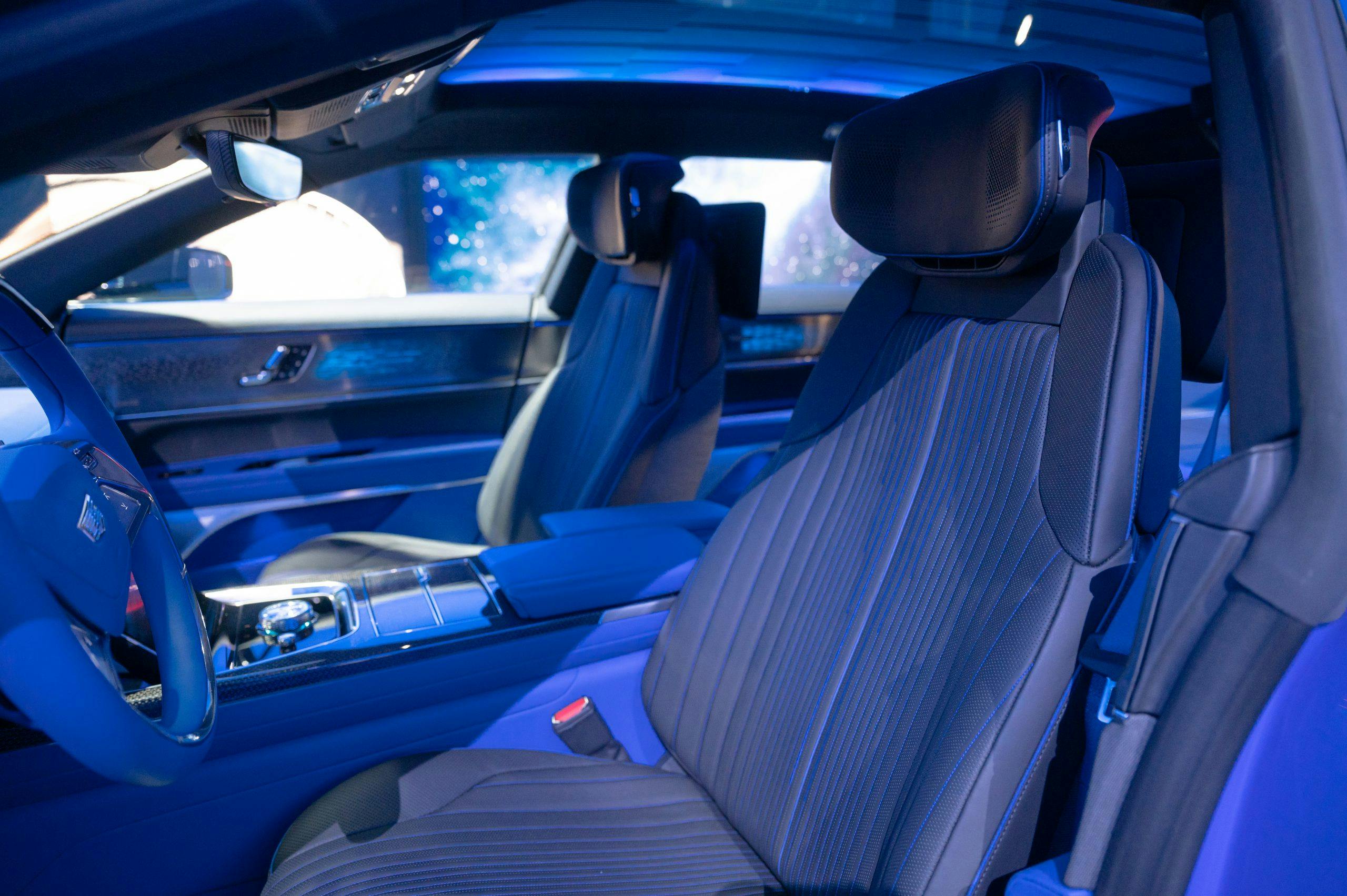
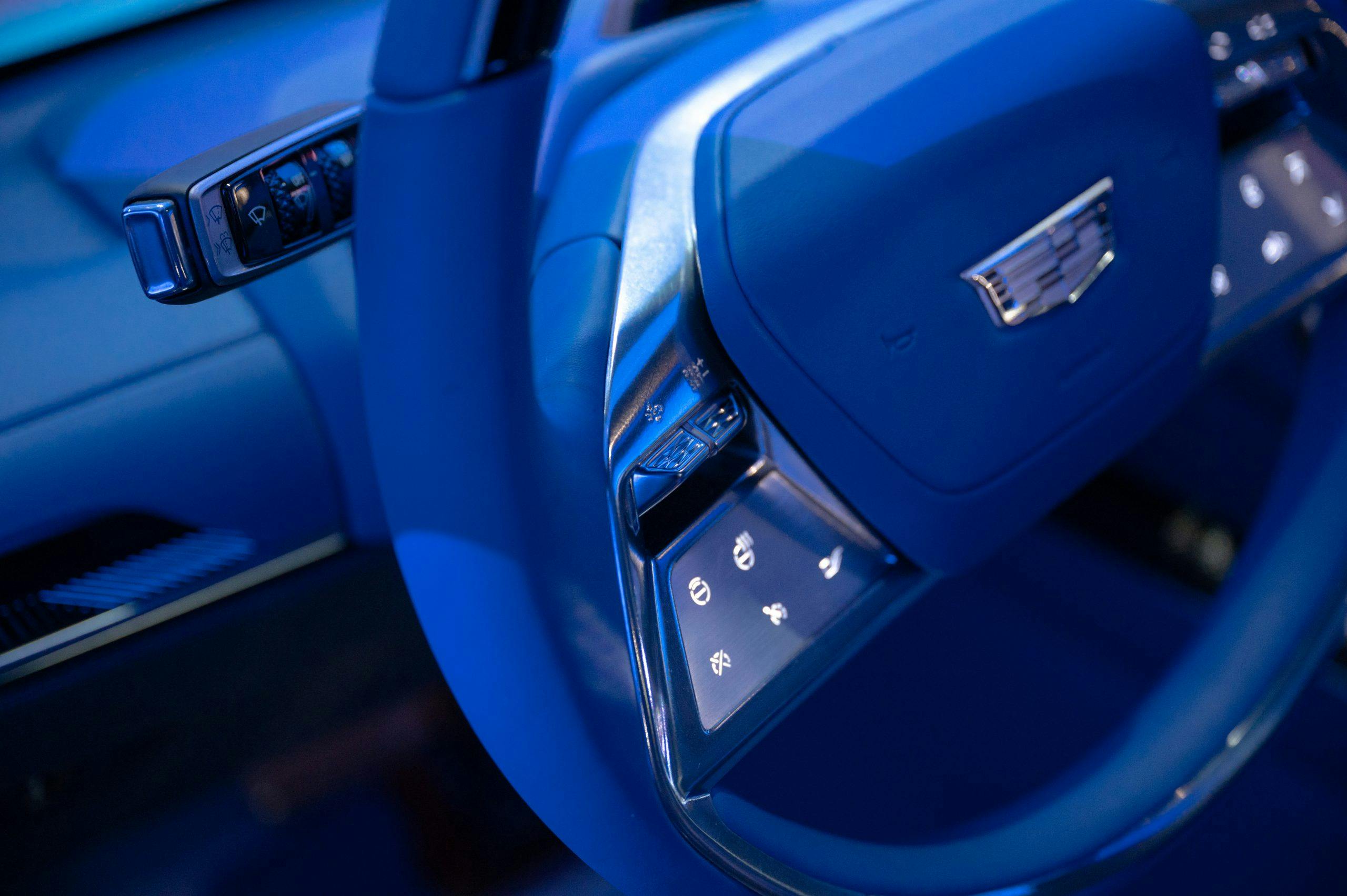
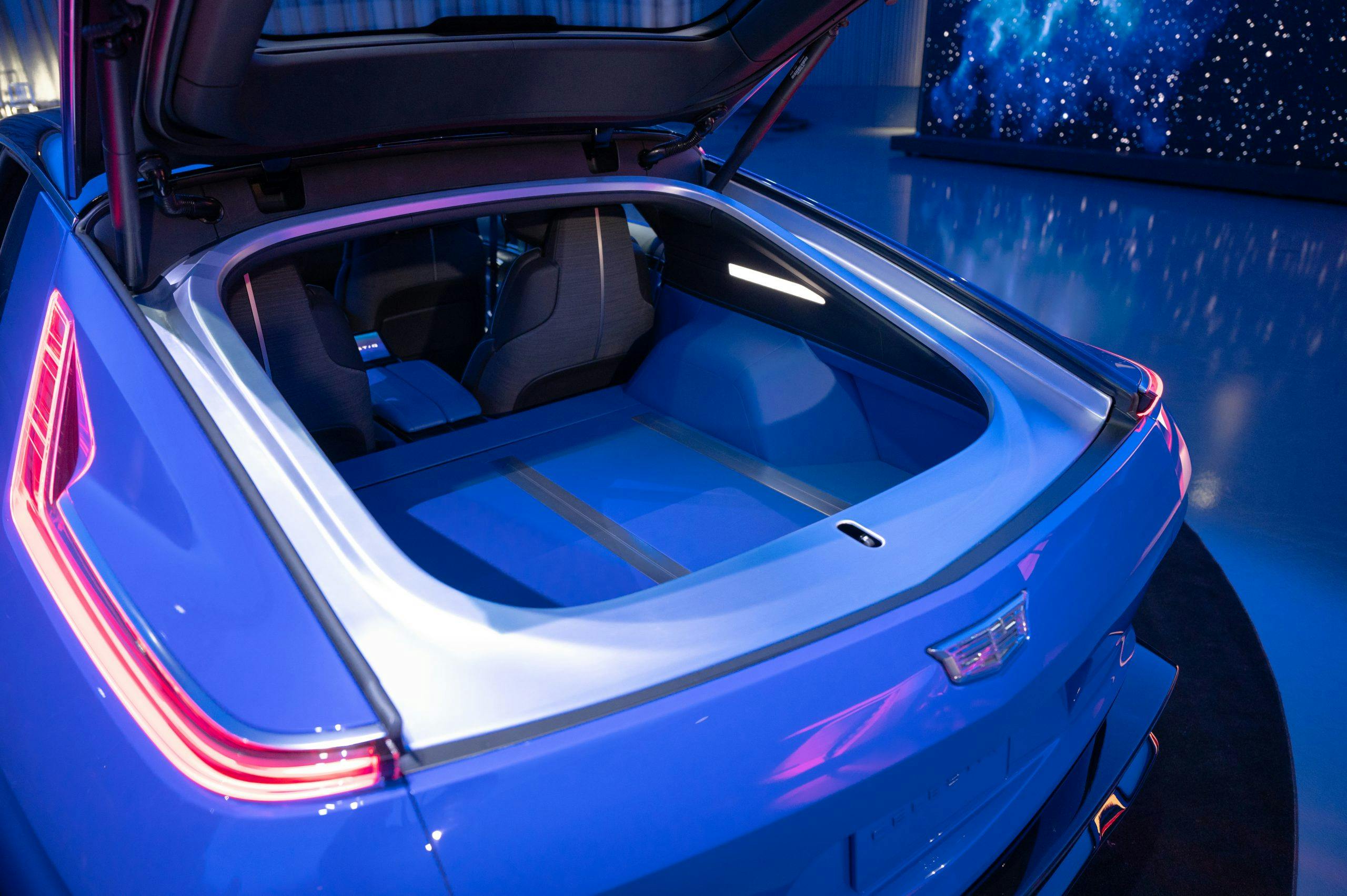
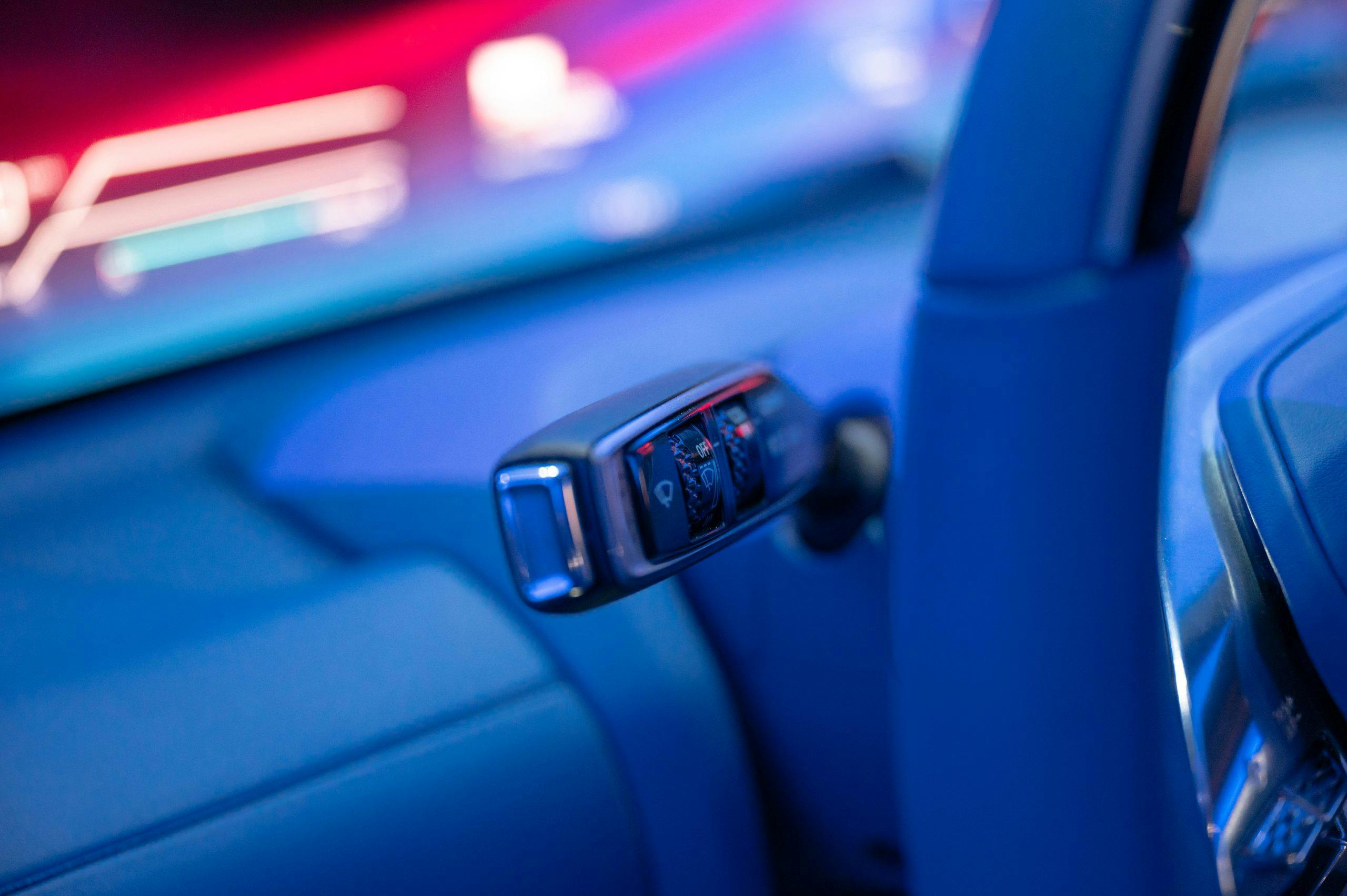

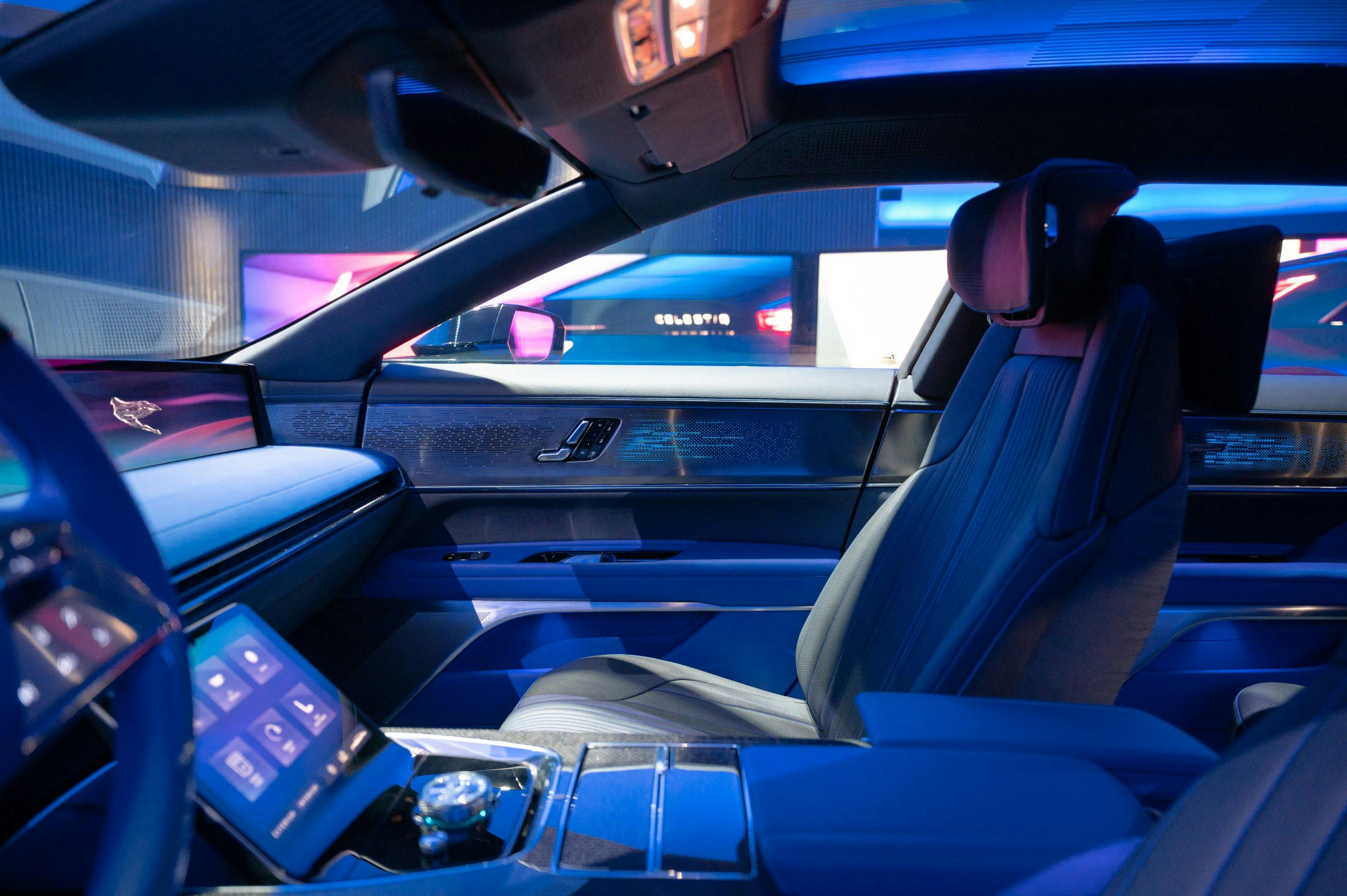
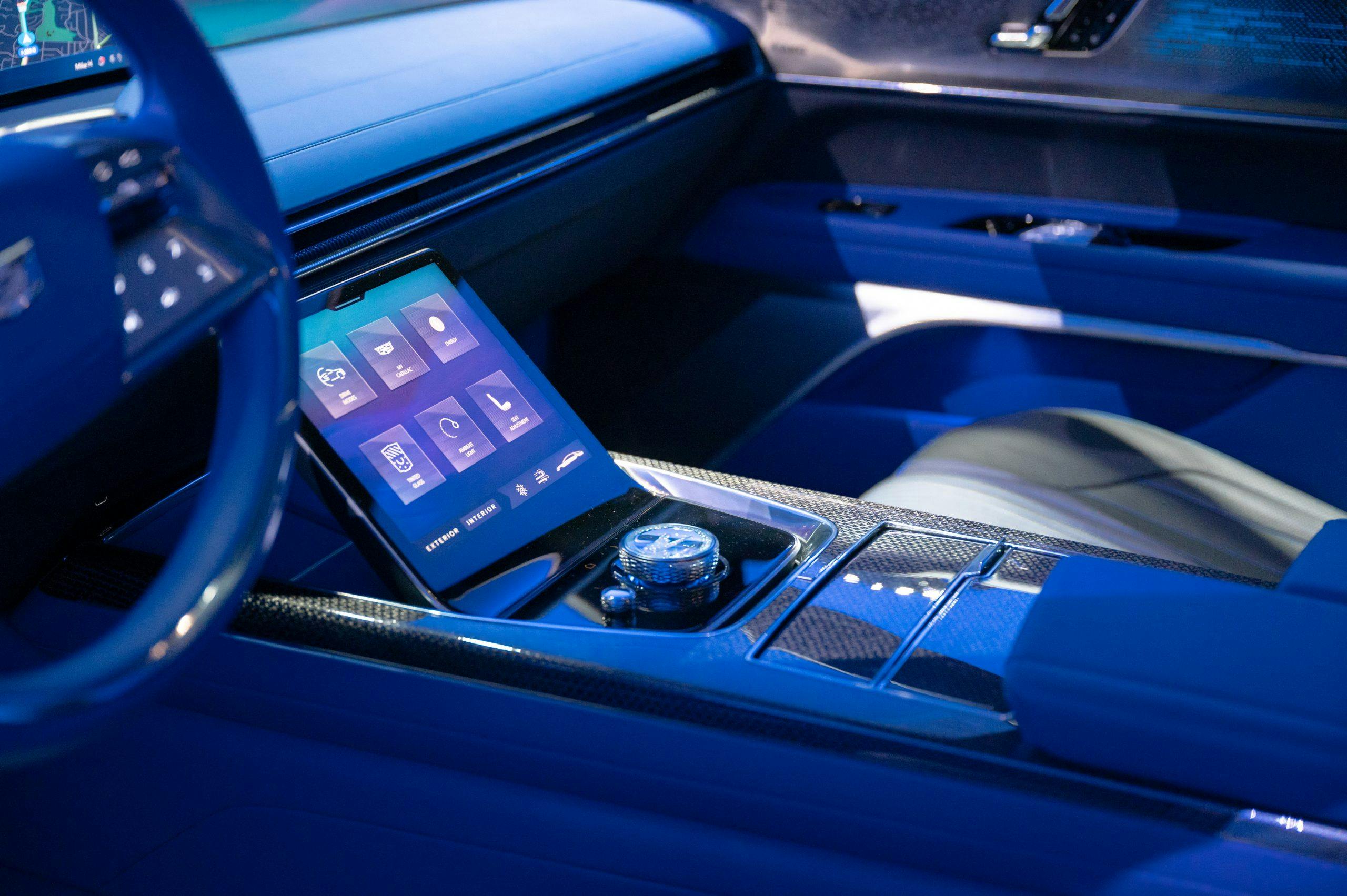

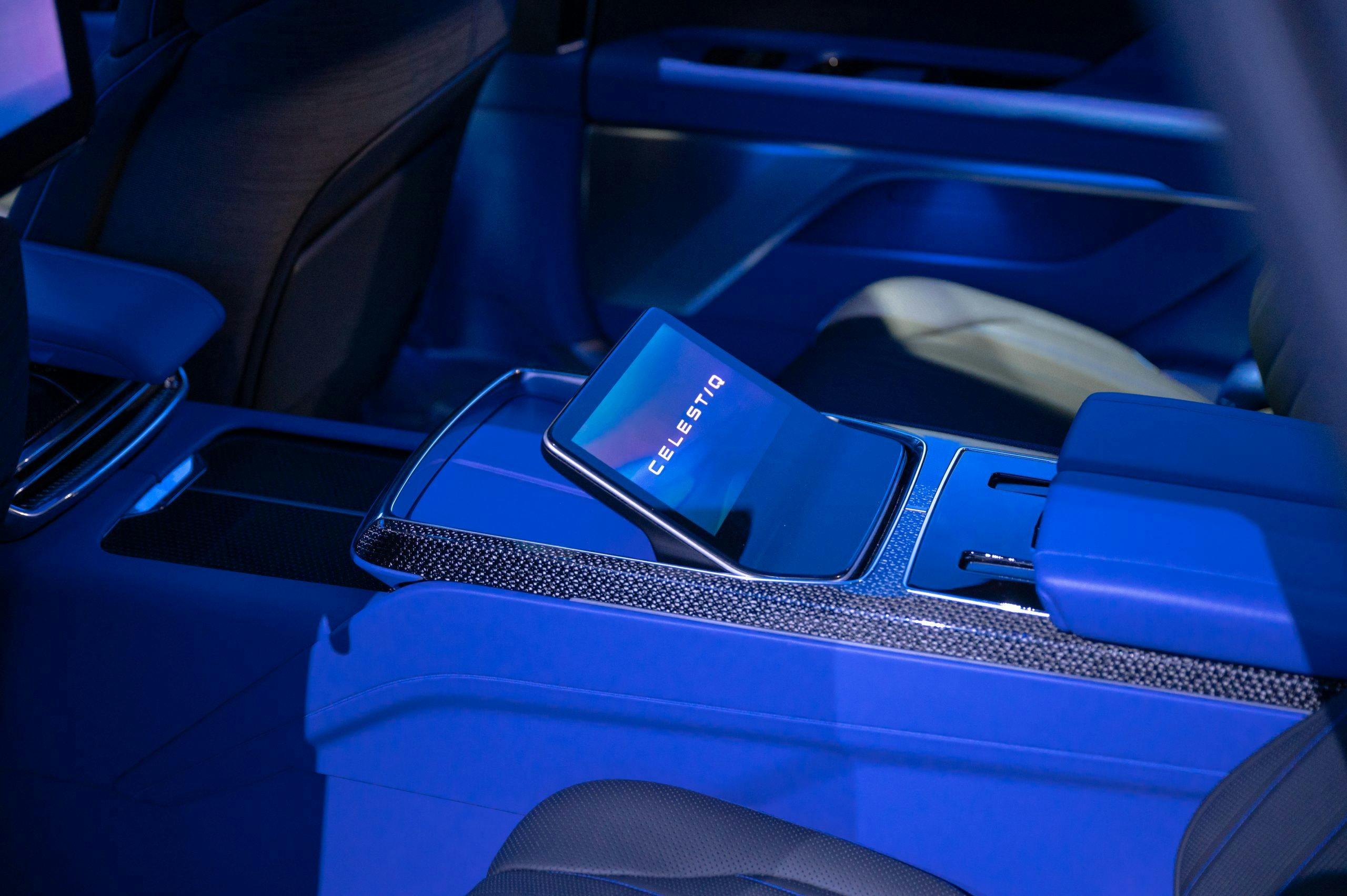
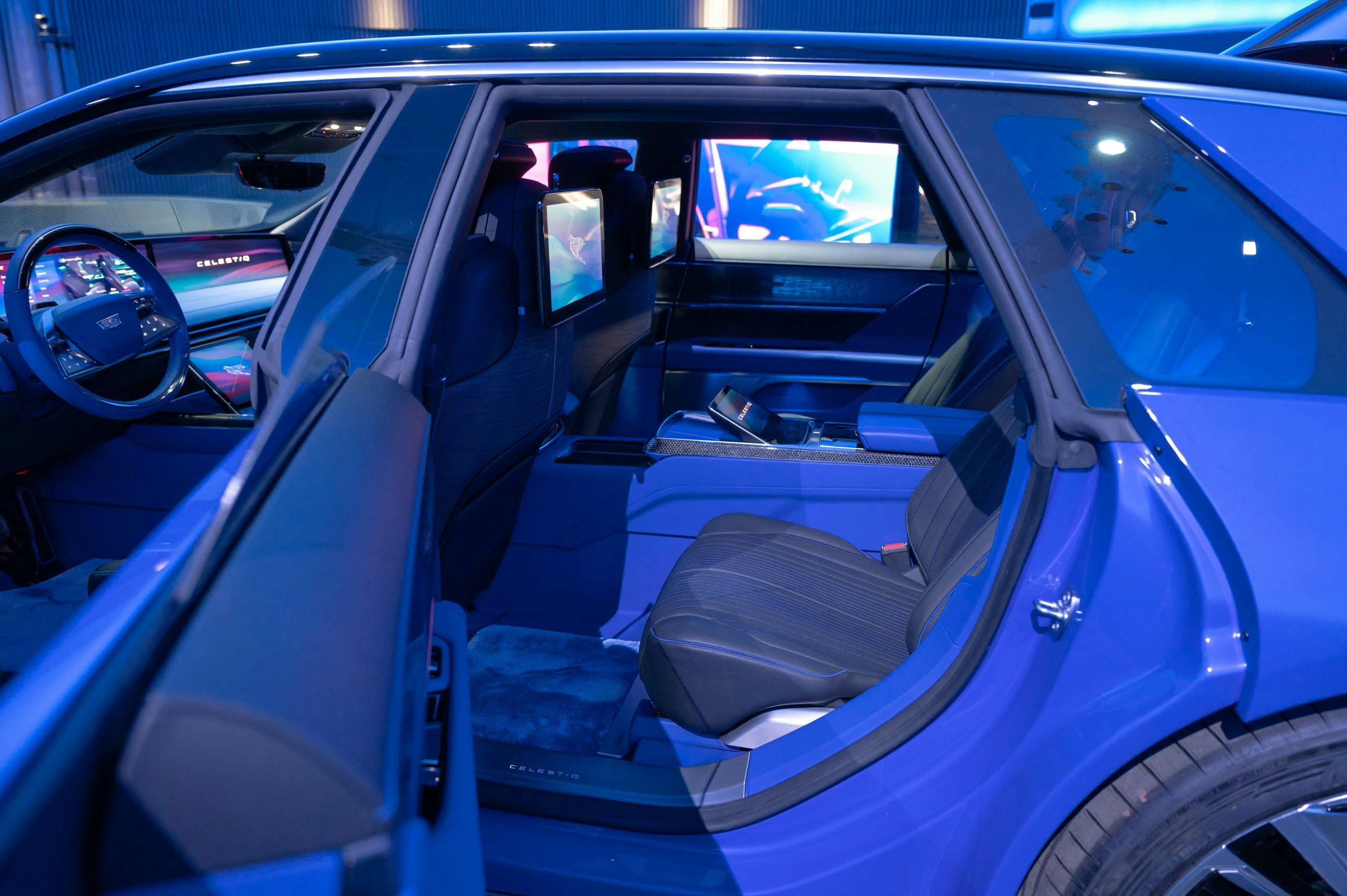


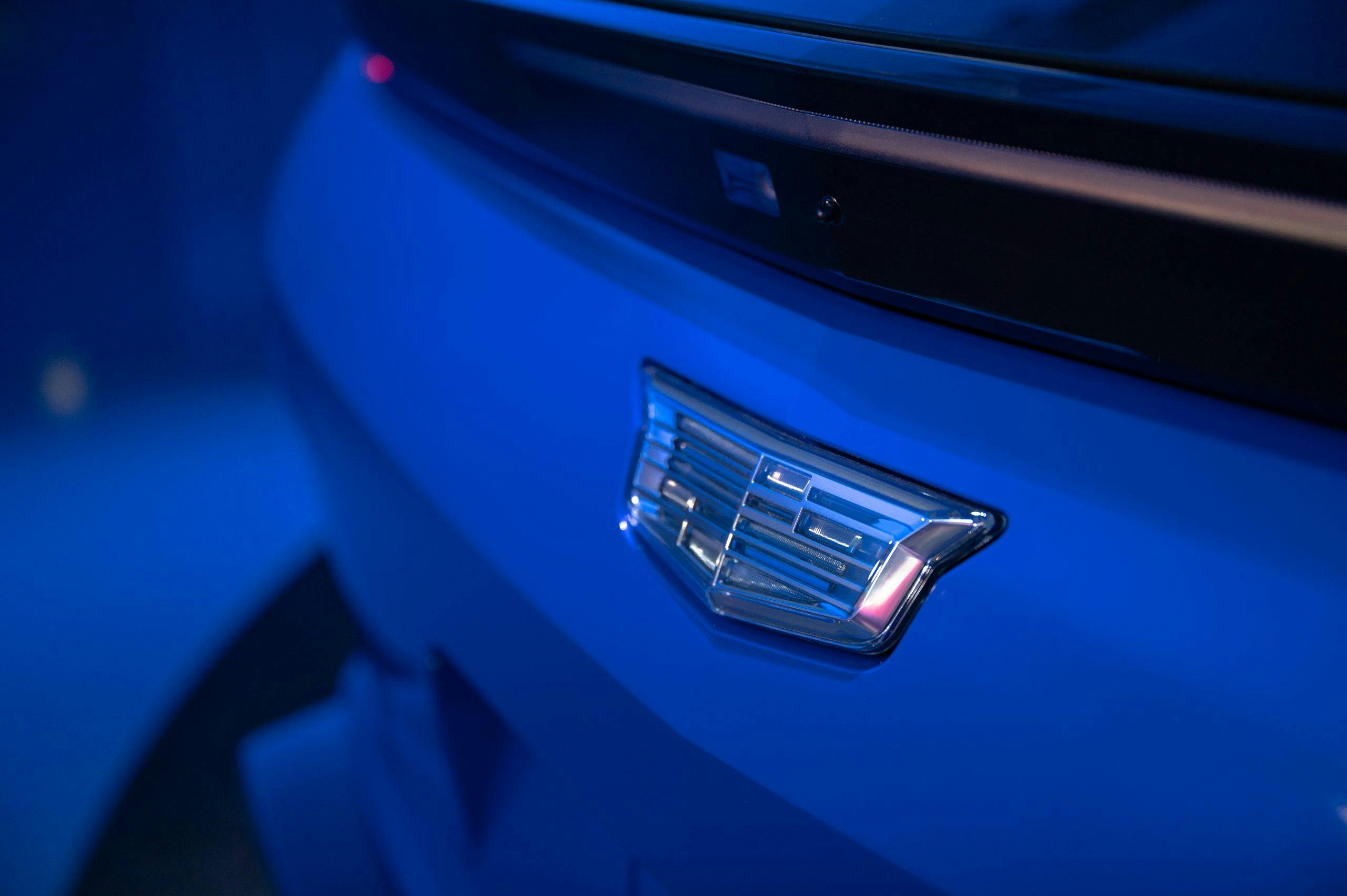
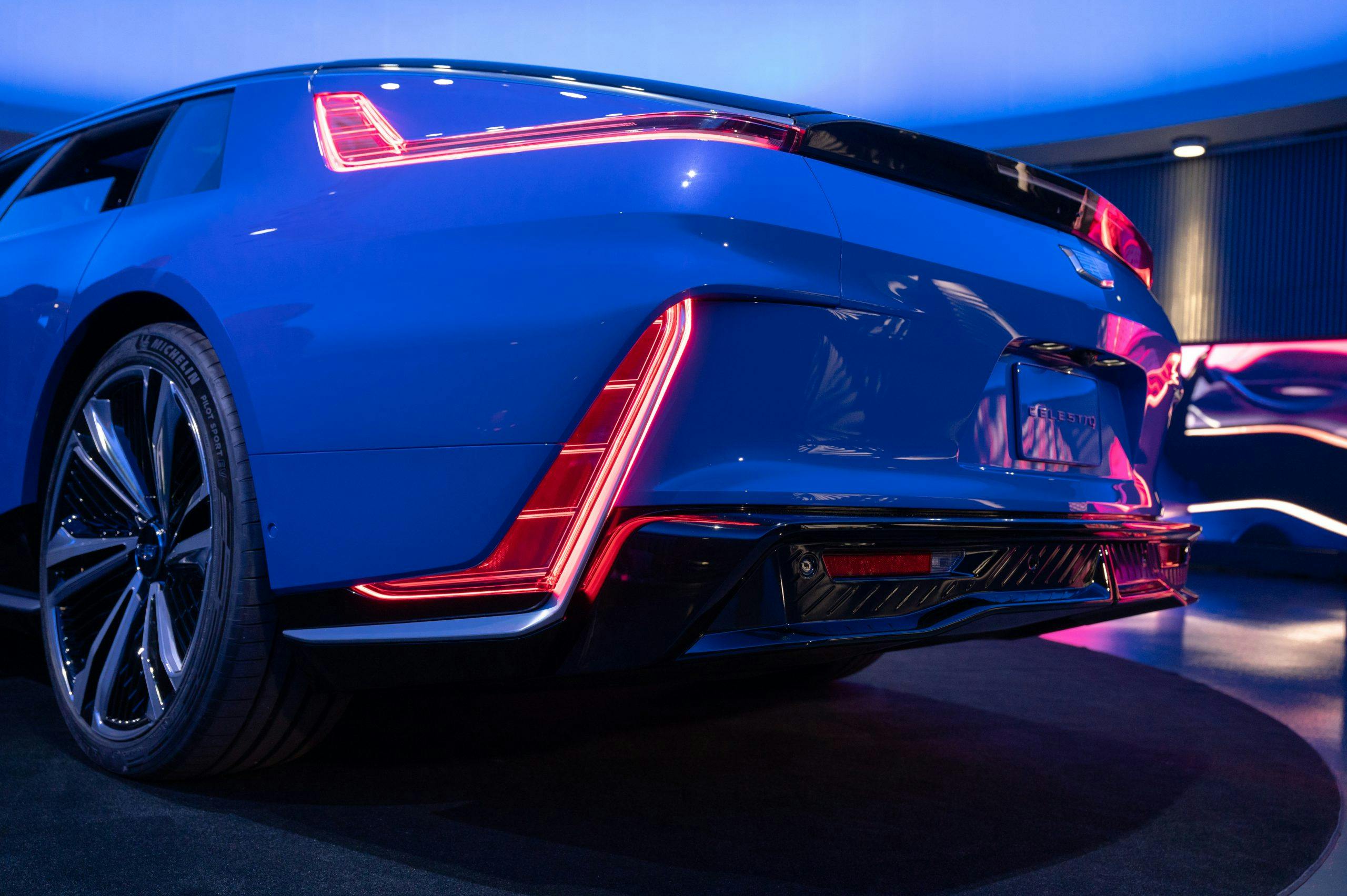
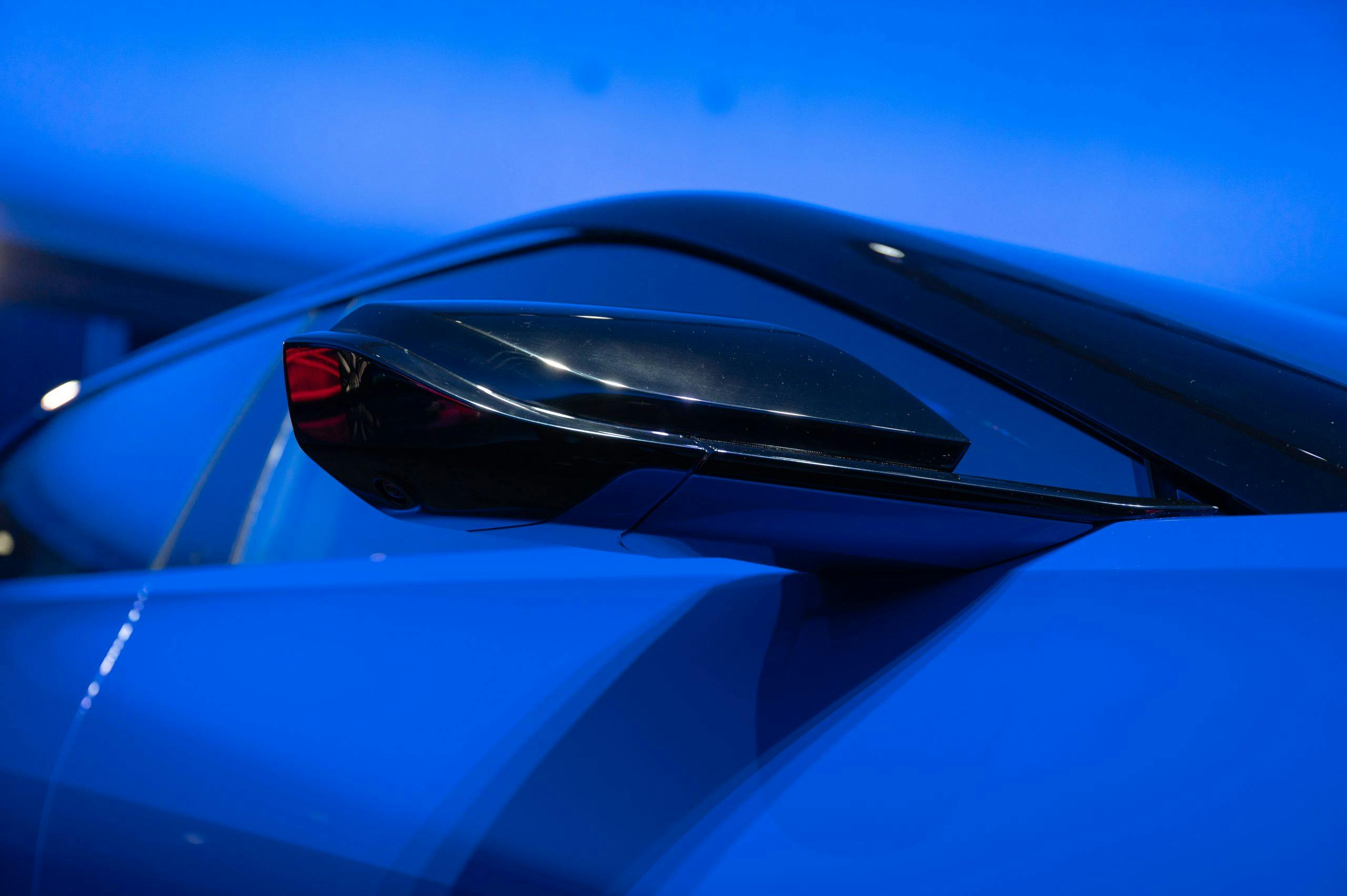

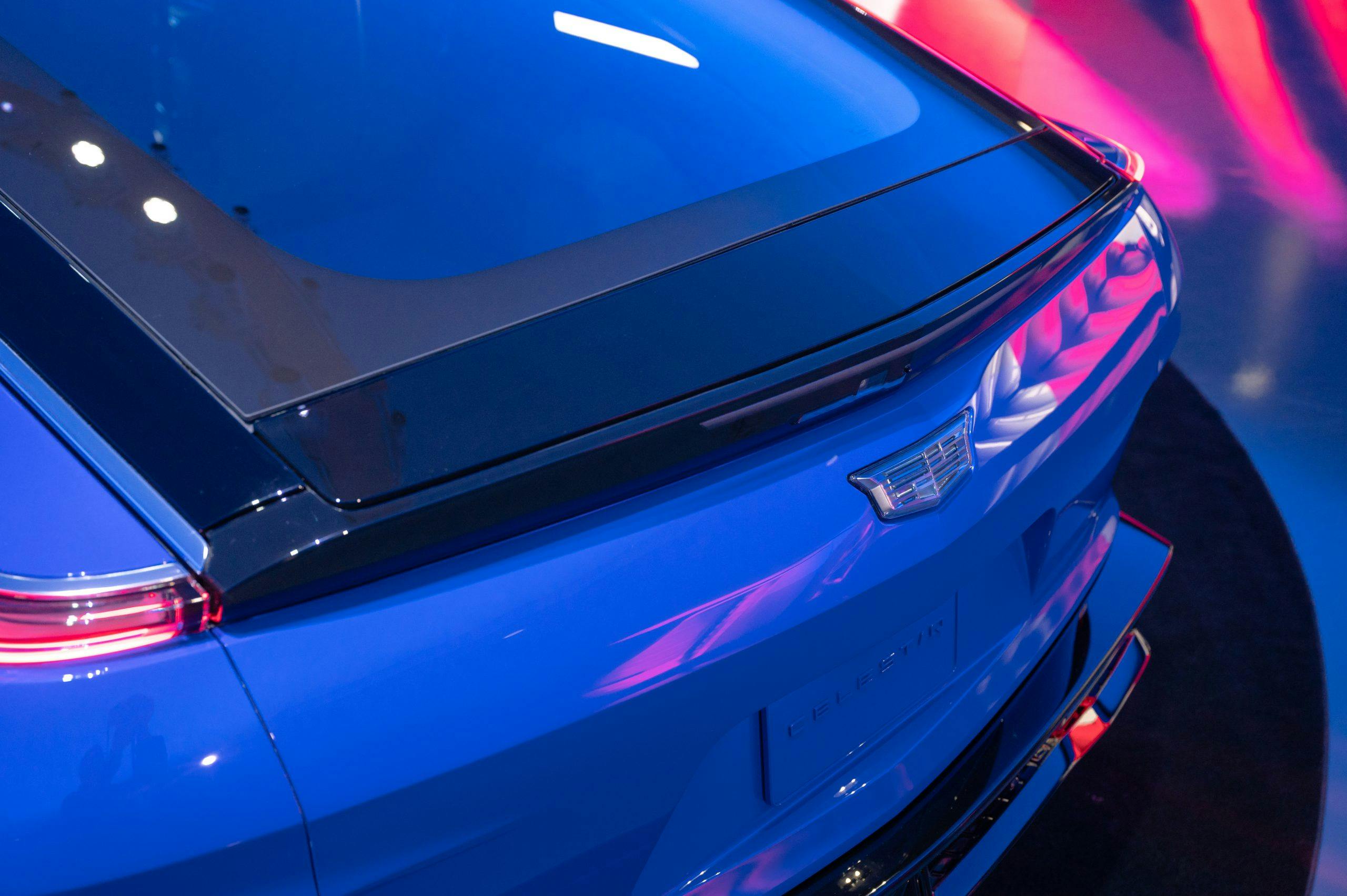
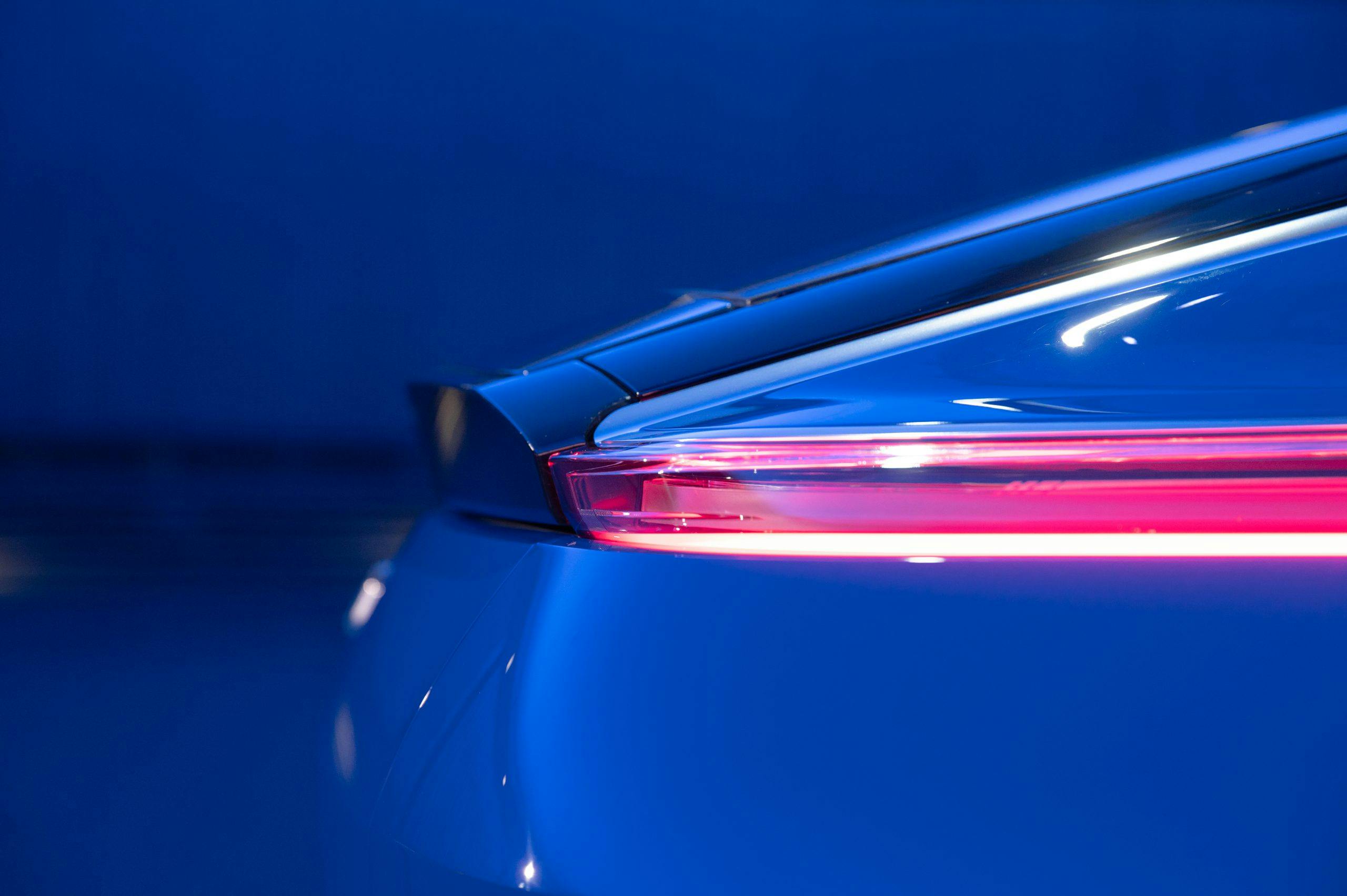
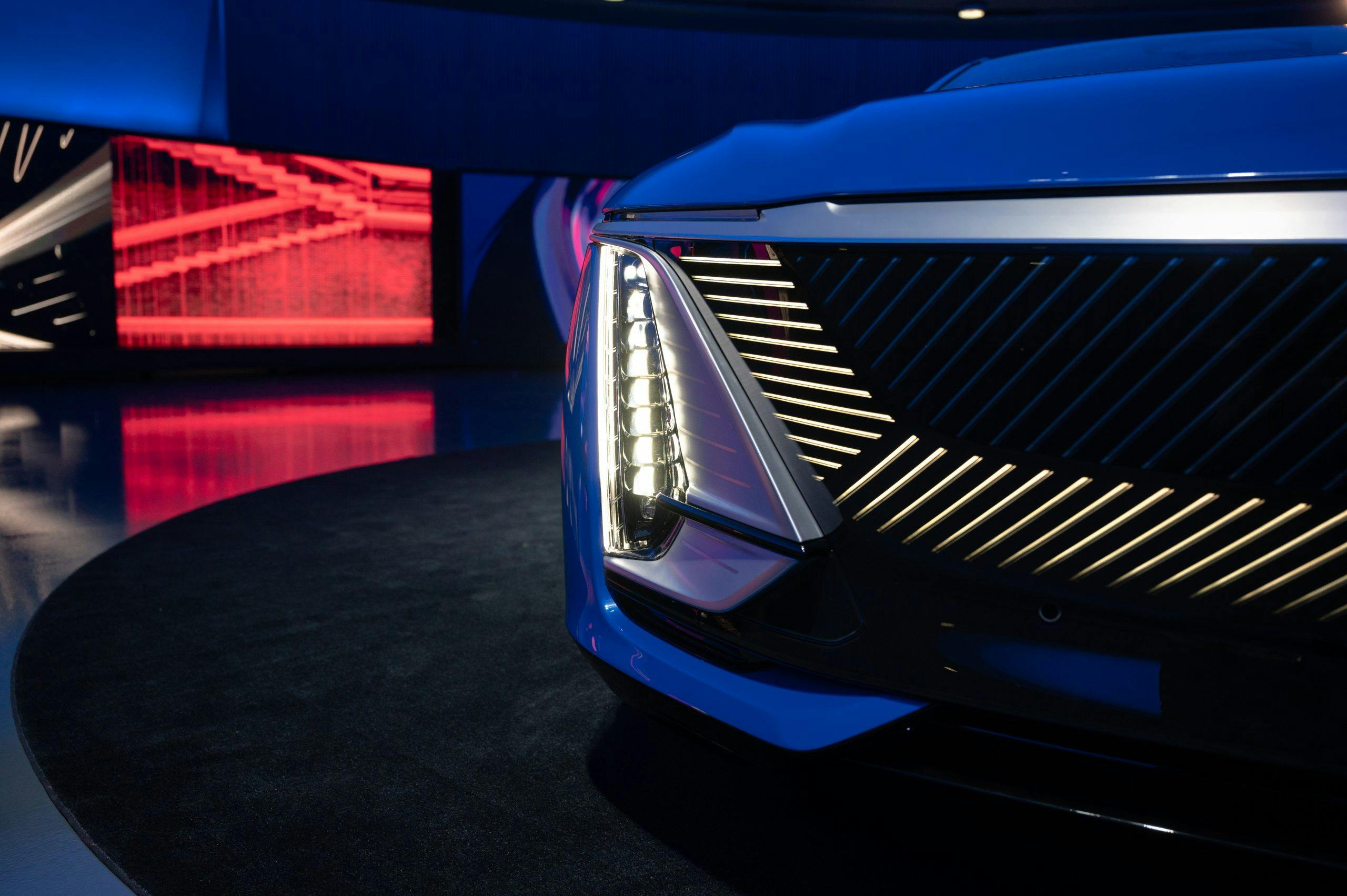
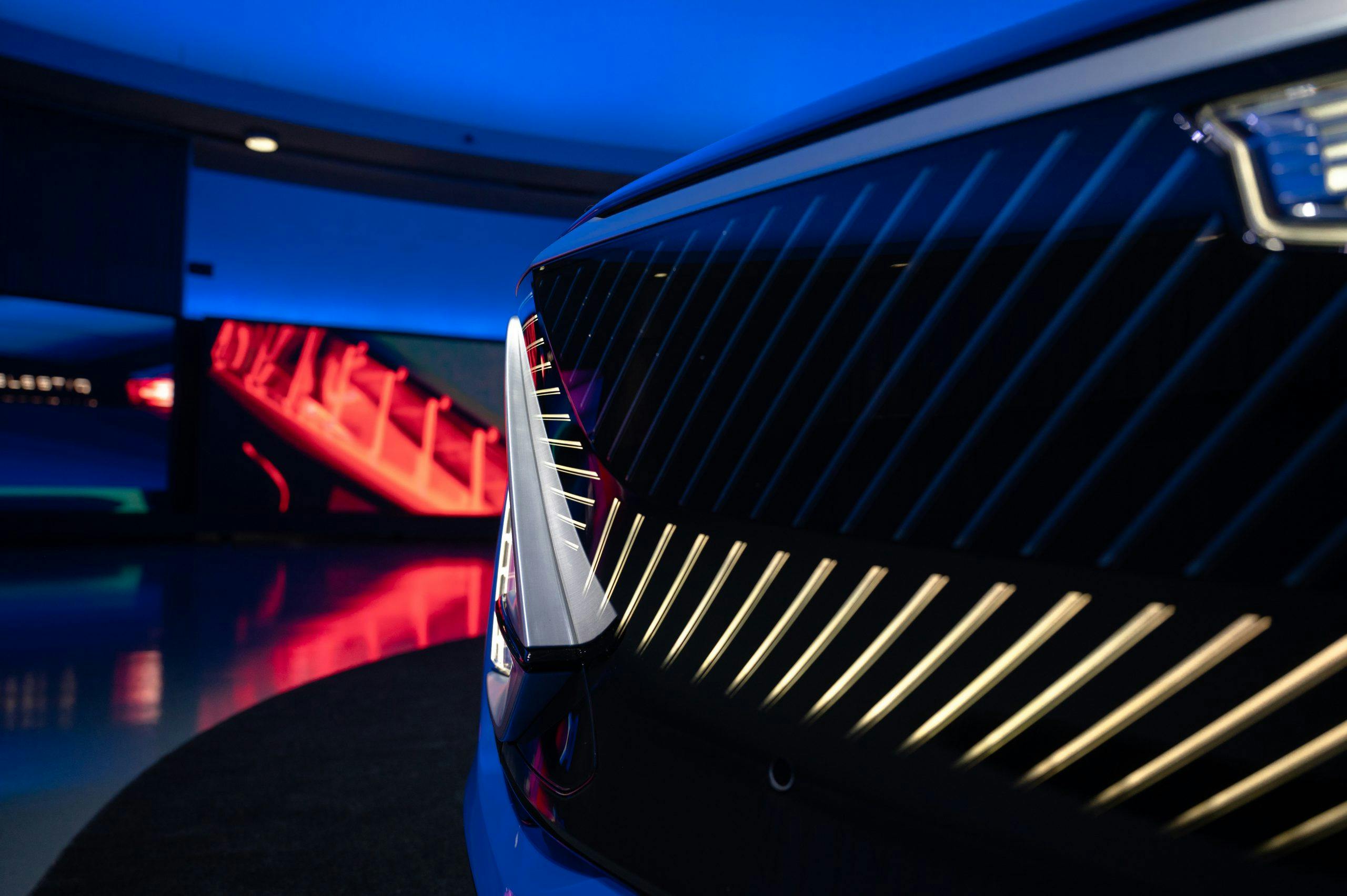

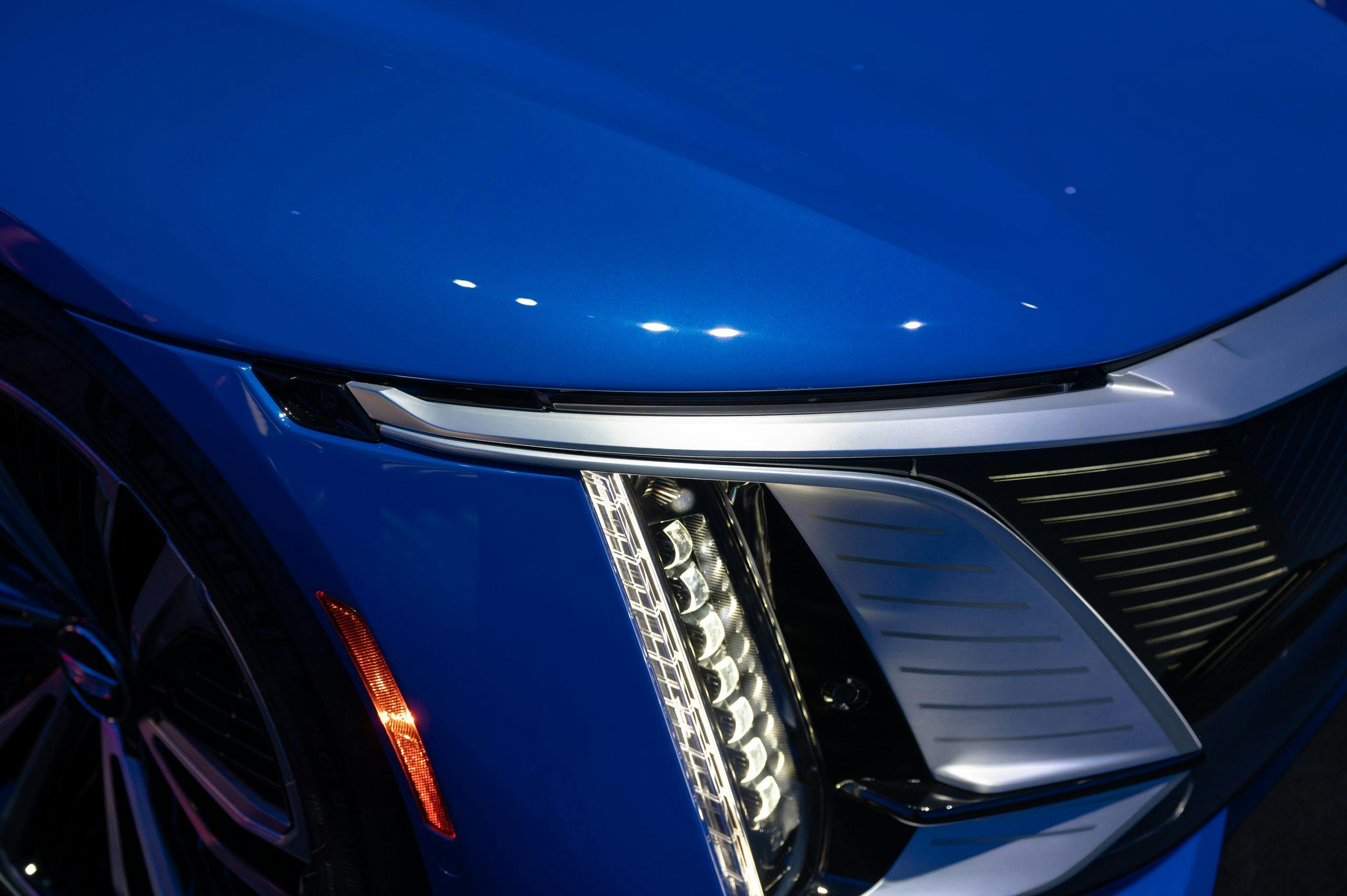
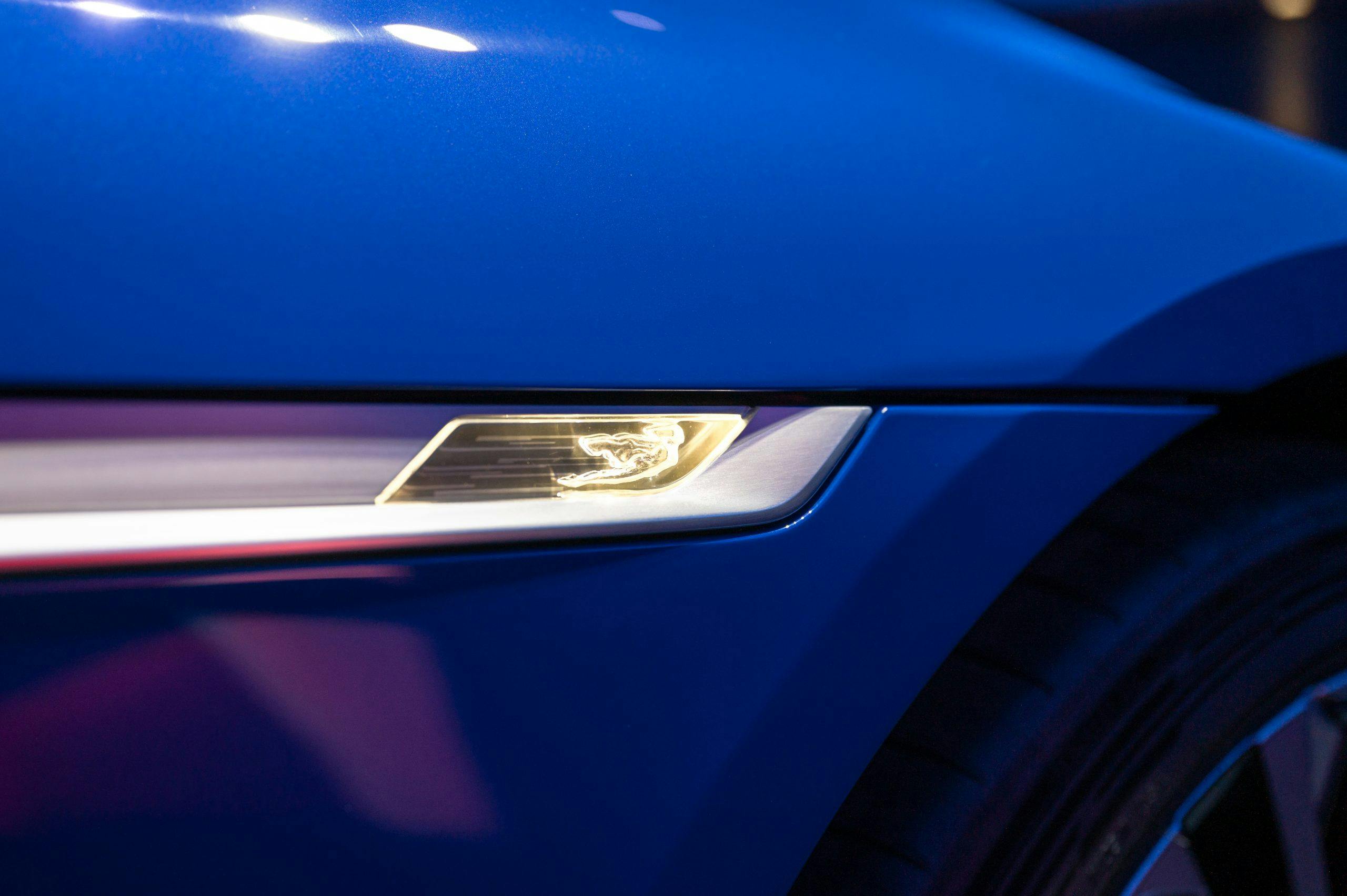

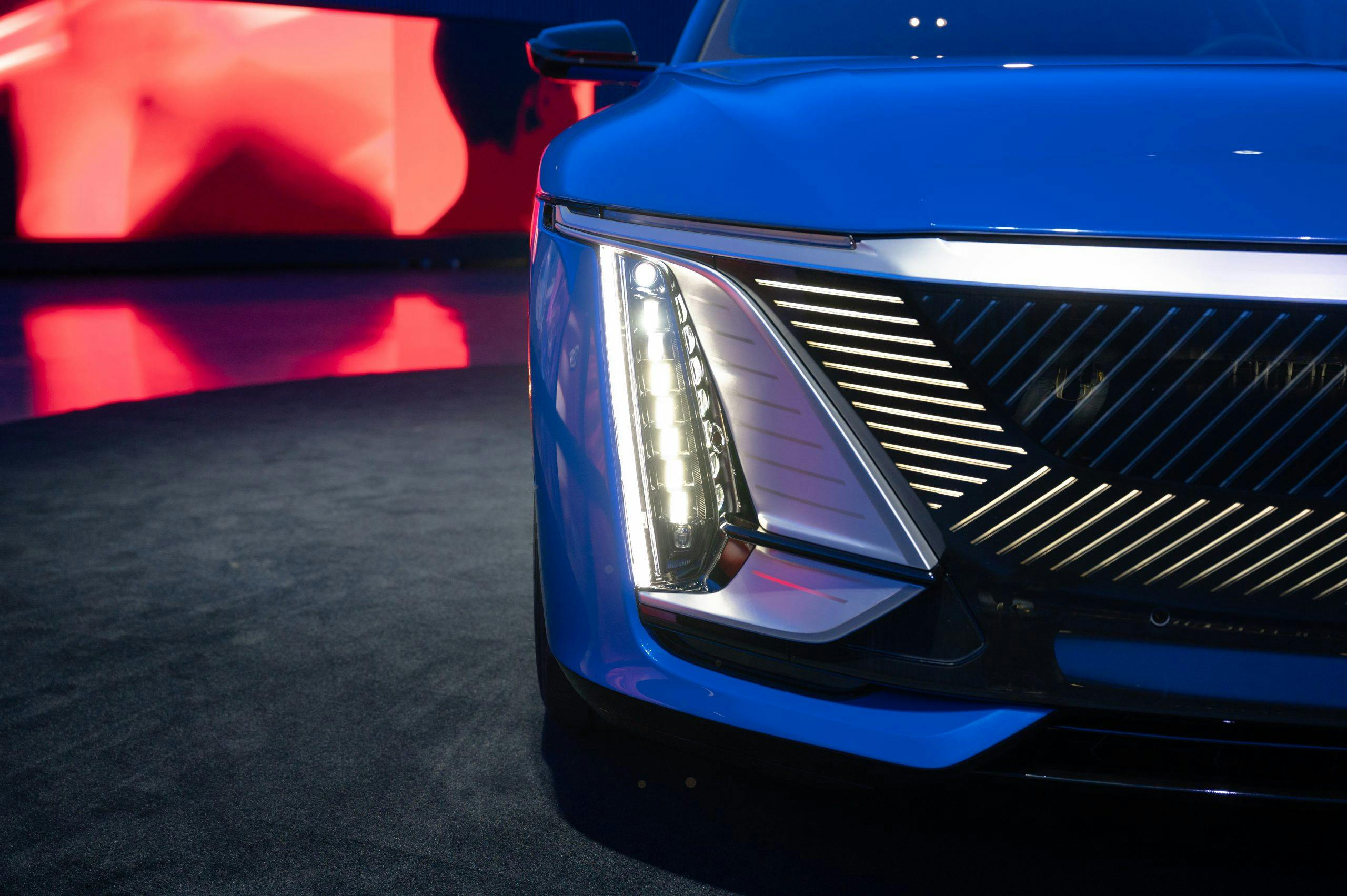
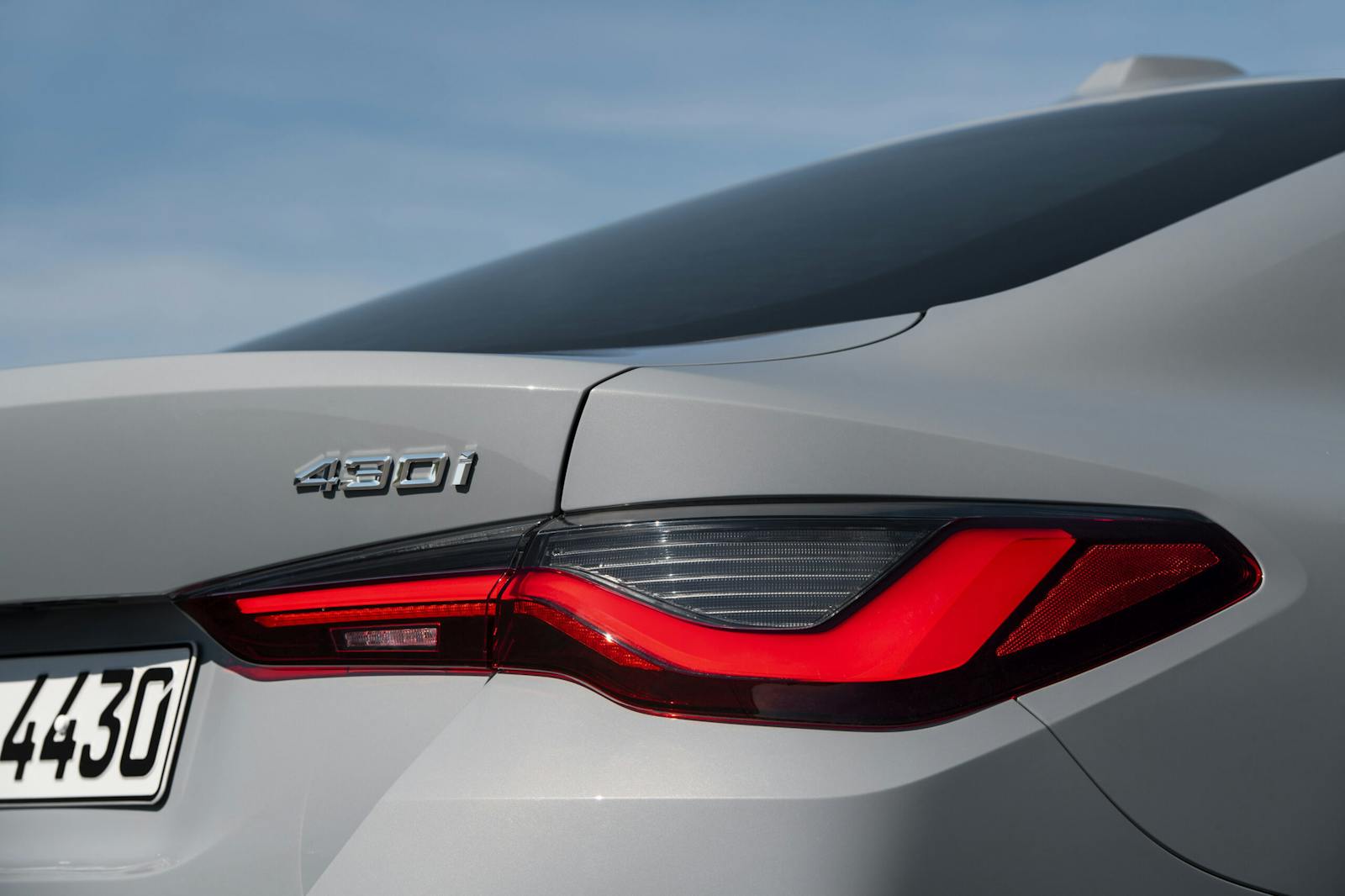

A coal fired luxury car!
😄👍
DOA, Cadillac just can’t get it together. The Buick Wildcat concept needs to be built ( in the USA ).
For THAT much money—-I’d want a real Stunner Exterior as well as Interior-
All very nice I’m sure. But it is still a car and cars can be driven. And if it can be driven than it can be wrecked by you or someone running into you. If it can be wrecked than it might be a total loss. Better have that liability insurance coverage at the correct level.
Sorry for the negativity but I’m just looking for a vehicle that is affordable and enjoyable to drive.
Some interesting design details, but… I’m not sure if I need the “biggest speaker grilles Cadillac has ever made” (although I suppose that some Customers would not then need to bolt a ‘boom-bass’ into the trunk), or have door pads that “have adjust-ability up, down, in and out”. Good job Mr Roma works for Cadillac, as he might not be with us any more.
If I had the money to buy one of these cars – which I don’t – what I would really need are umbrellas/holders in the doors to try to protect me from the rain downpours due to Global Warming and, use a bit more carbon fibre (or glass fibre – less costly) to form a hull on this ‘boat’ and add a couple of electric propulsors….[just thinking out-loud !].
Lastly, the grille centre section “with exposed Indium”. Is this rare element, “chosen for its transparency to radar”, being used to make the car a stealth vehicle, invisible to speed traps?
I am selling my GM stock.
Cadillac Celestig: The padded landau top option tells it all. Make the Cadillac Emblem bigger.
Those clueless Cadillac engineers know what to focus on:
Those speaker grilles are, the team reflects, the largest Cadillac has ever made. Stamped out of aluminum, their holes are acid-etched before the whole panel is anodized, creating a dark finish that a laser precisely removes to create a 3-D effect.
It also has a meaningless name with uncommon pronunciation.
No doubt this vehicle will capture the rating of Standard of the world.
Visions of Allante
Another concept car that will not go into production.
It is rather hideous.
Cadillac has had ample opportunity to reestablish itself as maker of “The Car Of Cars.” It last built a car that could be properly described as such in 1956. I own one. After 1956 began the long slow decline in which styling fad and lower production costs displaced utility, quality and comfort.
Cadillac has since seen many opportunities to come back with a world class luxury yacht of the type it invented in 1938 with its first Fleetwood Sixty Special. Instead it squandered its reputation by bolstering its return on investment rather than appeal. By the early 1980’s and its HT4100 engine Cadillac had given up any hope of ever leading the industry again.
And anyone can build an electric car, appealing or otherwise. Ask Mr. Musk.
Danny Plotkin
All that meat and no potatoes. Bet there’s not even a cigarette lighter.
So, they put Cadillac badges on a mid 70’s – 80’s Citroen CX. And how much are they getting paid for that feat?
This will appeal to the “nouveau riche”……. musicians, entertainers, etc., those who want gimmickry and attention.
GM should look really closely at the cars they want to compete with; the Rolls, the Bentley, the Maybach and really delve into their parts and assembly quality. Just because something is unique and “high zoot” doesn’t make it the best. In the end quality of construction and materials will rule.
I’m a Cadillac owner (’05 CTS-V, bought new) and I love the car but there’s been a lot of little aggravating things that could have been easily fixed by a bit of forethought during the design process.
23″ wheels, really?
I agree with BlueHills Mike about the author’s gushing; I guess you just had to be there – to not sit in it…
I hopem for Caddilac’s sake this marketing approach works. I’d like to see them succeed as a world-leader. Hey, guys, remember the Cimarron?
If it does go into production, it will have a five-year shelf life as did every Cadillac breakthrough. GM will get bored with it by Year Three and drop it by Year Five. It might be wise to limit sales to the Middle East and Asia.